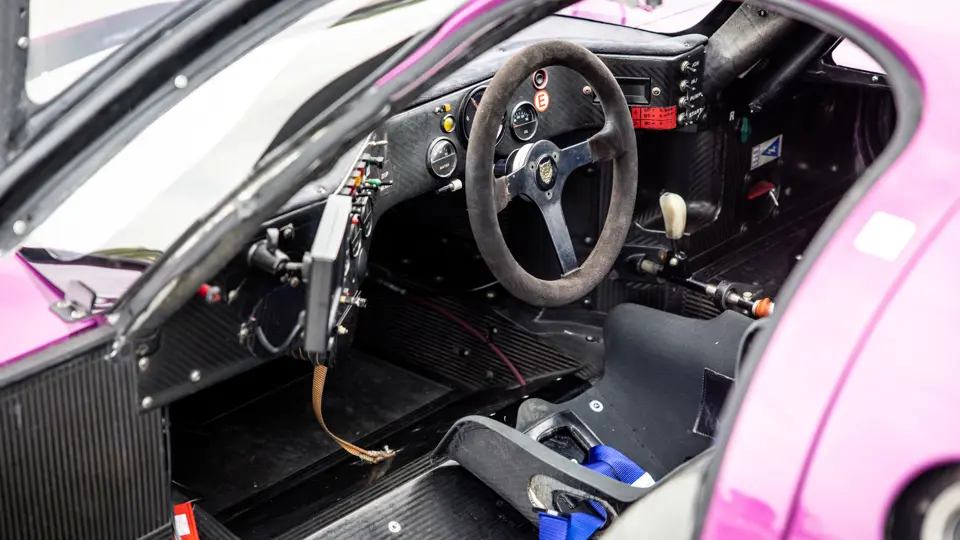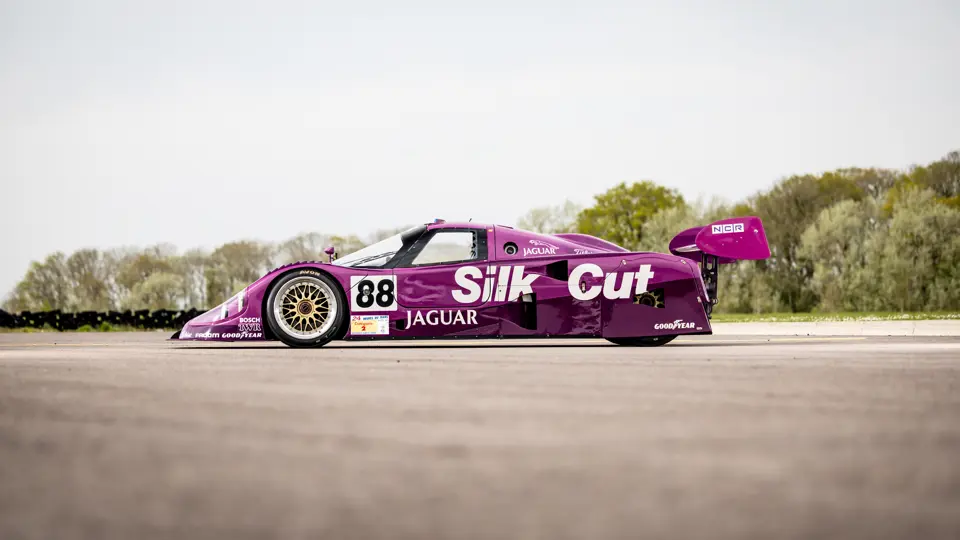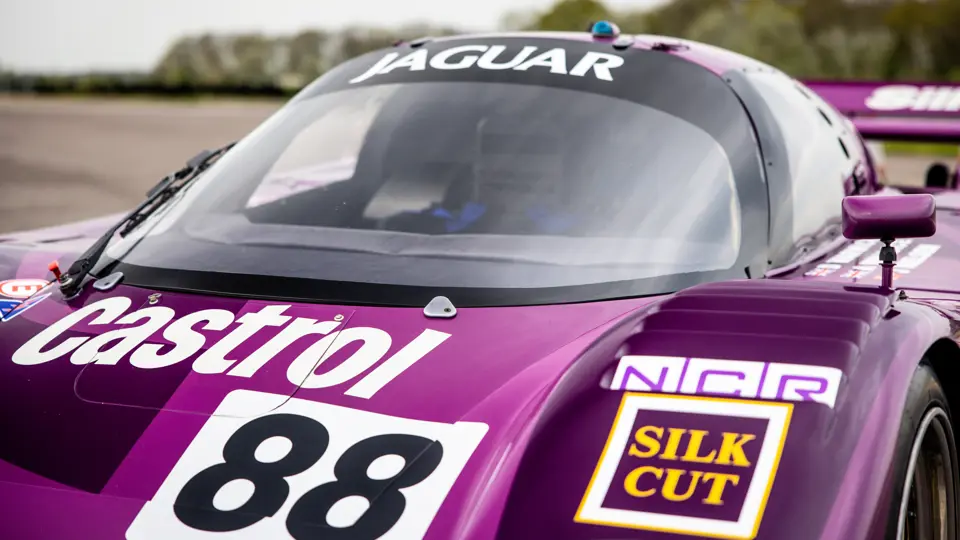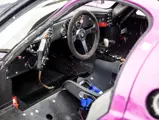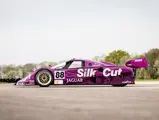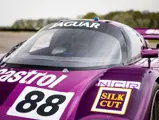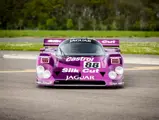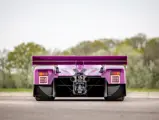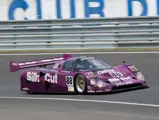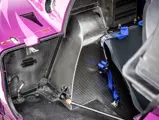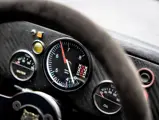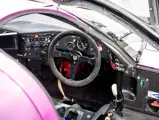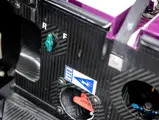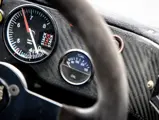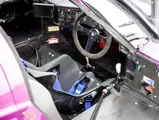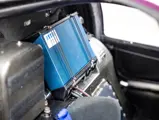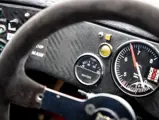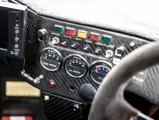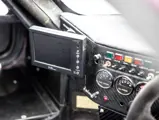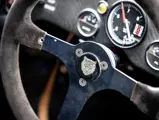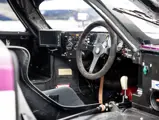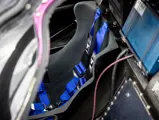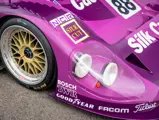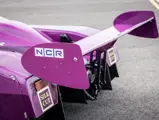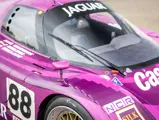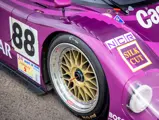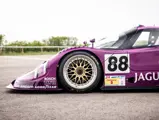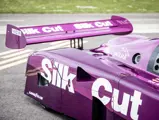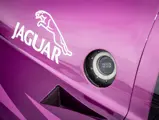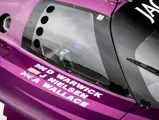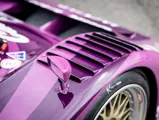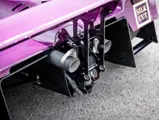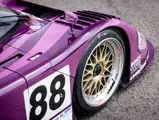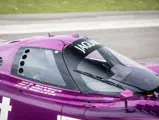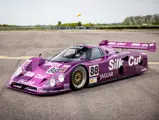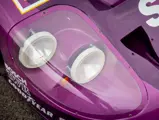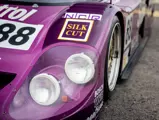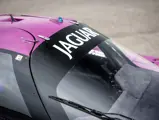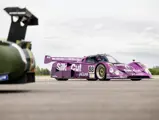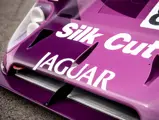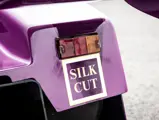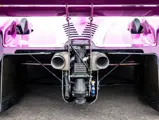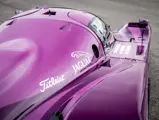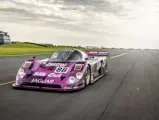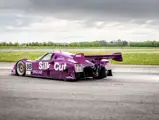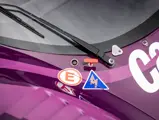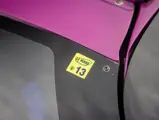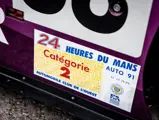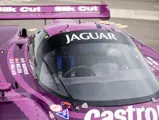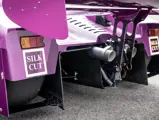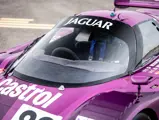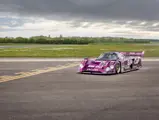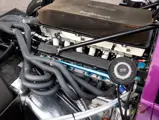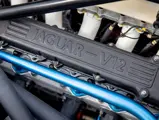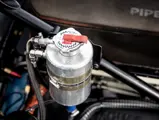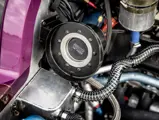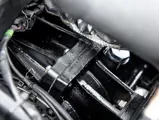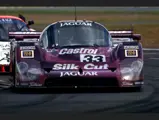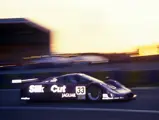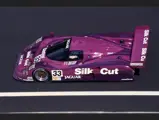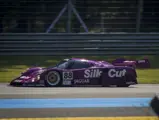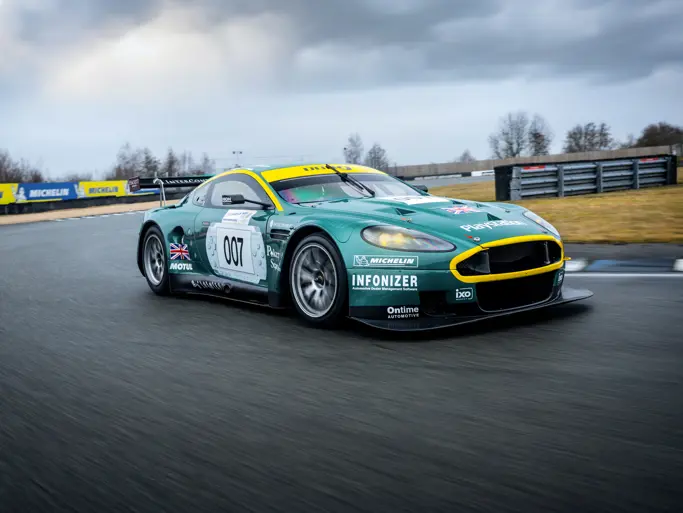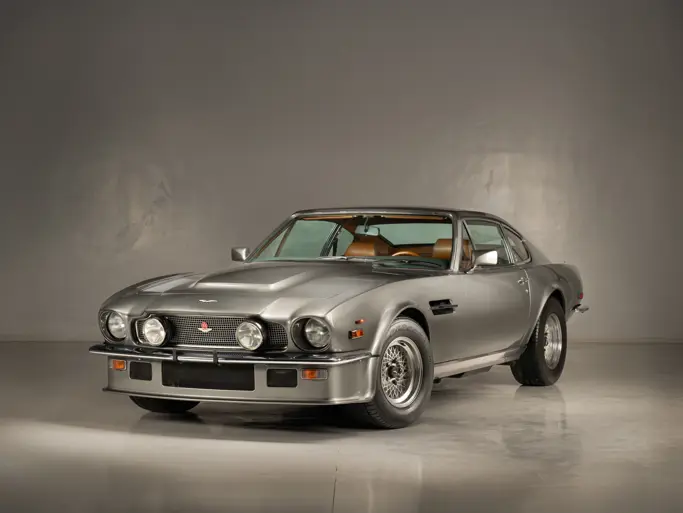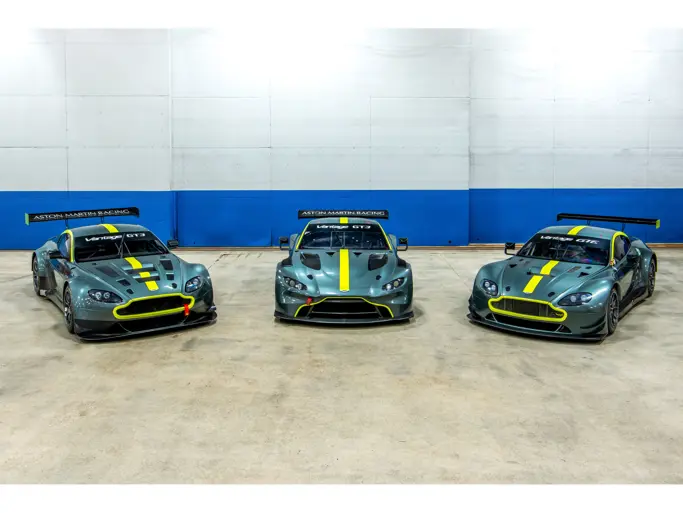
1991 Jaguar XJR-12 LM
{{lr.item.text}}
€2,500,000 - €3,000,000 EUR | Not Sold
{{bidding.lot.reserveStatusFormatted}}
- Built by Tom Walkinshaw Racing as a new chassis for the 1991 24 Hours of Le Mans; one of three Silk Cut-liveried XJR-12s to complete the race
- Driven to 4th overall at the 1991 24 Hours of Le Mans by Derek Warwick, John Nielsen, and Andy Wallace
- Later campaigned in 1992 editions of the 24 Hours of Daytona and 12 Hours of Sebring, finishing 2nd and 4th respectively
- Presented in its period-correct Silk Cut Jaguar two-tone purple livery
- Clocked the fastest lap and combined qualifying time in the Group C category at the 2018 Le Mans Classic
- Highly eligible for historic racing events around the world
- Construite par Tom Walkinshaw Racing spécialement pour les 24 Heures du Mans 1991 ; une des trois XJR-12 aux couleurs Silk Cut ayant terminé la course
- Quatrième au classement général des 24 Heures du Mans 1991 entre les mains de Derek Warwick, John Nielsen et Andy Wallace
- A participé en 1992 aux 24 Heures de Daytona et aux 12 Heures de Sebring, où elle a terminé deuxième et quatrième respectivement
- Dans sa livrée d'époque Jaguar Silk Cut violet deux-tons correcte
- A signé le record du tour et le meilleur temps en qualification combinés dans la catégorie Groupe C, au Mans Classic 2018
- Hautement éligible aux compétitions historiques du monde entier
Veuillez noter que ce lot a été introduit dans l'UE avec un cautionnement d'importation temporaire, qui devra être soldé par réexportation hors de l'UE avec un connaissement (bon de chargement) accompagné de ses documents douaniers, ou par paiement de la TVA et des droits de douane applicables s'il doit demeurer dans l'UE.
In the months leading up to the 1991 24 Hours of Le Mans, the only intention of Silk Cut Jaguar team boss, Tom Walkinshaw, was to win again at the Circuit de la Sarthe. The team had triumphed at the previous year’s race, securing an overall win and emphatic 1-2 finish for Jaguar. The impressive result in 1990—with the XJR-12 driven by John Nielsen, Price Cobb, and Martin Brundle finishing four laps ahead of the sister car piloted by Jan Lammers, Andy Wallace, and Franz Konrad—propelled the team into 1991 full of confidence, aiming for a third overall win in four years, having also masterminded victory with the XJR-9 in 1988.
The team fielded three Silk Cut-liveried XJR-12s for 1991, backed by an impressive driver roster—boasting both former and future Le Mans winners in its ranks. Two of those cars were brand new chassis built especially for that year’s 24 Hours of Le Mans, with the third an adapted version of the XJR-12 chassis that raced in 1990 but retired after 220 laps due to a water pump failure. The driver grouping that was entered in this car—chassis 891, which wore race number “33” at the 24 Hours of Le Mans in 1991—was arguably the strongest combination. Having already won two rounds of that year’s World Sportscar Championship, Derek Warwick was backed by Walkinshaw for a tilt at the title, so was joined by two previous winners of the race, in Nielsen and Wallace.
Chassis 891 was completed in the spring of 1991 as a new build for that year’s race. The 1991 XJR-12 represented a marked progression from the same model that earned Jaguar its win the previous year. While they shared a V-12 engine, the newer car’s capacity was increased to 7.4-litres, while the nose cone was lengthened with a redesigned central front air intake, and its brakes enhanced to improve stopping power.
Starting from 24th on the grid, Warwick took the first stint behind the wheel and worked his way up to 9th before the first driver change. The Jaguar fluctuated between 9th and 4th position throughout the 24 hours of the race; chassis 891 looked set to finish 5th, having occupied the place for the final four hours, but Nielsen found the energy to overtake a C11 of Team Sauber Mercedes to finish 4th overall. Mazdaspeed’s 787B enjoyed a late surge to win outright, followed by the XJR-12 of Davy Jones, Raul Boesel, and Michel Ferte in 2nd, its Silk Cut sister car of Teo Fabi, Bob Wollek, Kenny Acheson in 3rd, and this car, which finished six laps and 81 kilometres down on the winner’s total, with an average speed of 202.070 km/h.
The year after its Le Mans debut, the XJR-12 was entered by Jaguar Racing—updated with the livery of its new sponsor, Bud Light—in the 1992 24 Hours of Daytona. Noted on its entry form as an XJR-12 D, a driver combination of Jones, David Brabham, Scott Pruett, and Scott Goodyear finished 2nd overall to a Nissan R91CP, while the Jaguar took 1st place in its GTP class. One month later, in March 1992, chassis 891 was campaigned in the 12 Hours of Sebring. Jones and Brabham completed 338 laps to finish 4th overall.
Understood to have been retained by Tom Walkinshaw Racing after its last race, the Jaguar was acquired by its consignor in 2017. The consigning owner has enjoyed the XJR-12 in historic events, notably setting the fastest lap and combined qualifying time in the Group C category at the 2018 Le Mans Classic. Benefitting from a newly completed engine rebuild and a replacement fuel cell, the Jaguar is offered with entry to the Group C race at this year’s Le Mans Classic provided by the consigning owner.
An important piece of Jaguar’s endurance racing heritage, this hugely desirable Group C legend offers its next owner the rare opportunity to experience a flat-out run along the Mulsanne Straight, and the potential of a calendar filled with the many historic racing events for which it is eligible.
| 1991 Jaguar XJR-12 LM 891 Results | |||||||
|---|---|---|---|---|---|---|---|
| Race | Date | Entrant | Race Number | Driver | Qualifying | Overall Finish | Class Finish |
| 24 Hours of Le Mans | 22/23 June 1991 | Silk Cut Jaguar | 33 | Warwick/Nielson/Wallace | 18th | 4th | 4th |
| 24 Hours of Daytona | 1/2 February 1992 | Jaguar Racing | 2 | Brabham/Goodyear/Jones/Pruett | 10th | 2nd | 1st |
| 12 Hours of Sebring | 21 March 1992 | Jaguar Racing | 2 | Brabham/Jones | 6th | 4th | 4th |
Dans les mois qui ont précédé les 24 Heures du Mans 1991, le seul objectif de Tom Walkinshaw, directeur de l'équipe Jaguar Silk Cut, était de décrocher une nouvelle victoire sur le circuit de la Sarthe. L'équipe avait triomphé l'année précédente en remportant les deux premières places pour Jaguar. L'impressionnant résultat de 1990 — la XJR-12 de John Nielsen, Price Cobb et Martin Brundle ayant terminé avec quatre tours d'avance sur la voiture-sœur pilotée par Jan Lammers, Andy Wallace et Franz Konrad — avait permis à l'équipe d'attaquer la saison 1991 en tout confiance et de viser une troisième victoire en quatre ans, puisqu'elle avait déjà mené une XJR-9 au sommet du podium en 1988.
En 1991, l'écurie a inscrit trois XJR-12 aux couleurs Silk Cut, avec une impressionnante brochette de pilotes dont quelques vainqueurs passés et futurs aux 24 Heures du Mans. Deux de ces voitures étaient des châssis neufs fabriqués spécialement pour cette édition des 24 Heures du Mans, la troisième étant une version adaptée de la XJR-12 engagée en 1990 mais qui avait dû abandonner au 220ème tour sur bris de pompe à eau. L'équipe de pilotes à qui a été confiée cette voiture — châssis 891, qui portait le numéro 33 aux 24 Heures du Mans 1991 — constituait indiscutablement la combinaison la plus talentueuse. Ayant déjà remporté deux manches du Championnat du Monde de cette même saison, Derek Warwick était soutenu par Walkinshaw pour la course au titre et il était rejoint ici par deux anciens vainqueurs de l'épreuve, Nielsen et Wallace.
Le châssis n°891, fabriqué spécifiquement pour l'épreuve de cette année-là, a été terminé au printemps 1991. La XJR-12 de 1991 représentait un net progrès par rapport à la version menée l'année précédente à la victoire. La cylindrée du V12 passait de 7 litres à 7,4 litres et l'avant était redessiné avec une prise d'air centrale plus large, les freins bénéficiant de modifications pour en améliorer l'efficacité.
Prenant le départ en 24ème position sur la grille, Warwick a effectué le premier relai et a réussi à remonter à la neuvième place avant le premier changement de pilotes. La Jaguar a ensuite fluctué entre la neuvième et la quatrième position au cours des 24 heures de course et, occupant la cinquième place pendant les quatre dernières heures, elle semblait promise à cette position mais Nielsen a trouvé l'énergie de passer une C11 de l'écurie Sauber Mercedes pour s'emparer de la quatrième place. La Mazda 787 B s'est imposée en fin de course pour remporter la victoire, suivie de la XJR-12 de Davy Jones, Raul Boesel et Michel Ferté devant la Jaguar Silk Cut de Teo Fabi, Bob Wollek et Kenny Acheson, troisième. Juste derrière, la présente voiture est arrivée quatrième, à six tours et 81 km du vainqueur, à la moyenne de 202,07 km/h
L'année suivant cette première participation au Mans, cette XJR-12 a été engagée par Jaguar Racing — cette fois sous la livrée de son nouveau sponsor, Bud Light — aux 24 Heures de Daytona. Enregistrée sur son formulaire d'inscription comme une XJR-12 D, elle a obtenu la deuxième place au classement général entre les mains de Jones, David Brabham, Scott Pruett et Scott Goodyear, derrière une Nissan R91 CP, mais en remportant la catégorie GTP. Un mois plus tard, en mars 1992, cette Jaguar n°891 a participé aux 12 Heures de Sebring, Jones et Brabham couvrant 338 tours et terminant quatrièmes au classement général.
Sans doute conservée par Tom Walkinshaw Racing après sa dernière course, cette Jaguar a été achetée en 2017 par son actuel propriétaire. Il a pris part avec cette XJR-12 à plusieurs compétitions historiques, signant notamment le record du tour et le meilleur temps en qualifications combinés dans la catégorie Groupe C du Mans Classic 2018. Bénéficiant d'une réfection moteur complète et récente, et d'un réservoir de remplacement, cette Jaguar est vendue avec un engagement en Groupe C au Mans Classic 2023, fourni par le vendeur.
Pièce importante de l'histoire Jaguar en course d'endurance, cette légende du Groupe C, extrêmement désirable, offre à son futur propriétaire la rare opportunité d'expérimenter la ligne droite des Hunaudières pied au plancher, et le potentiel d'un calendrier rempli des nombreuses compétitions historiques pour lesquelles elle est éligible.




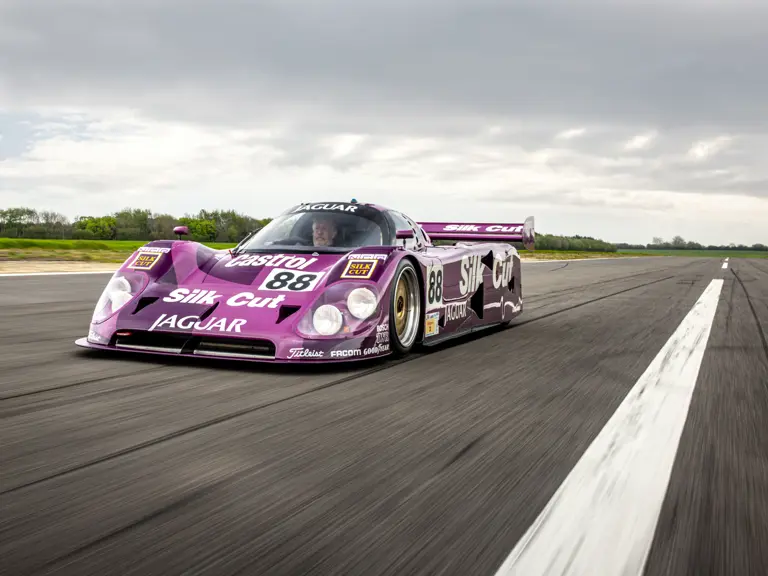
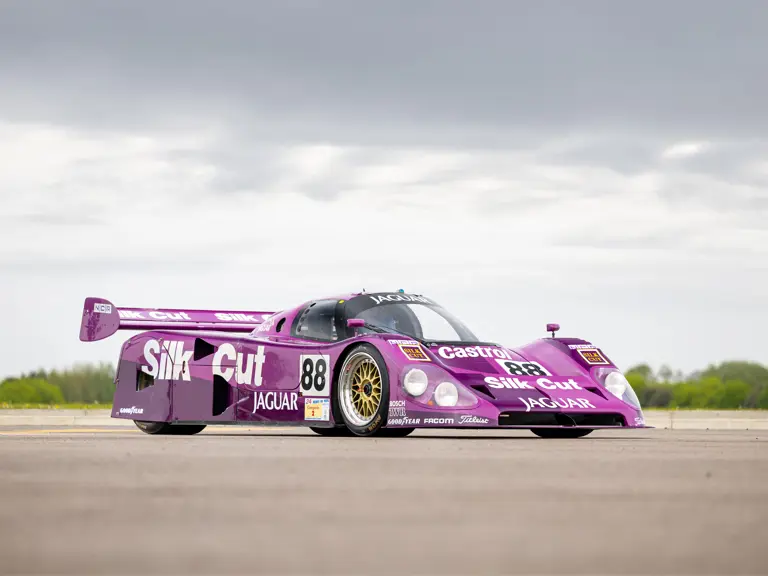
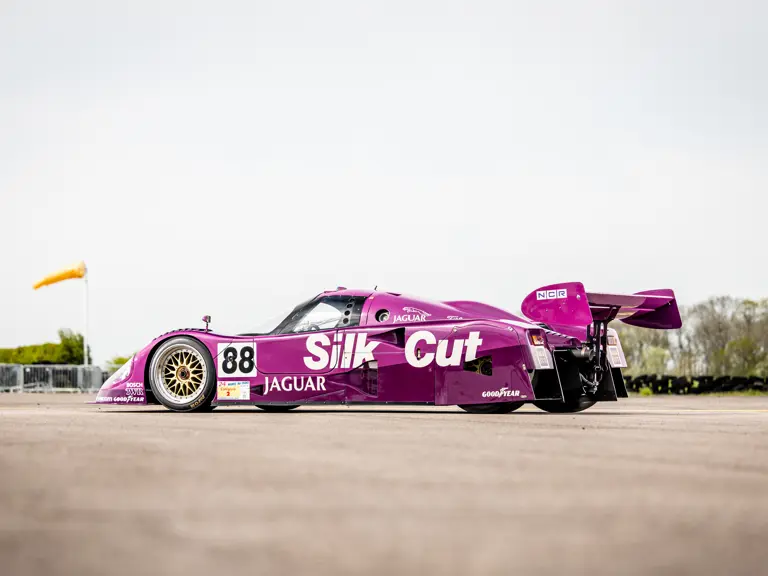
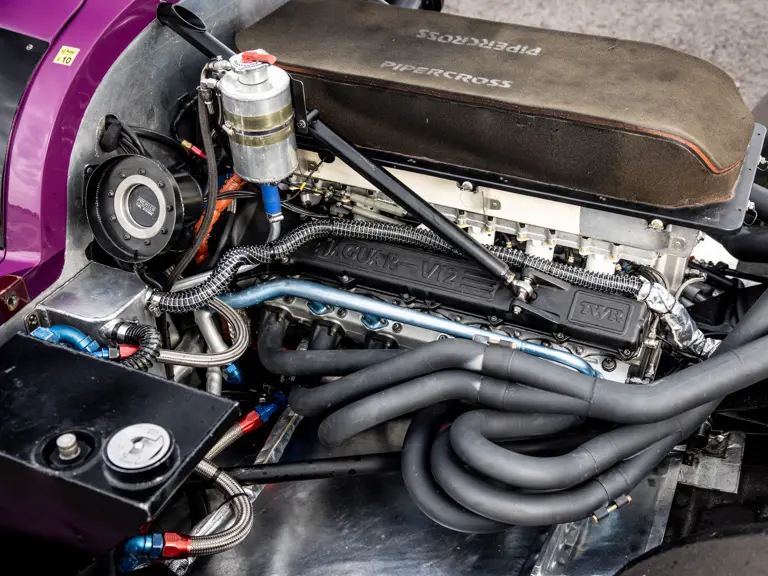
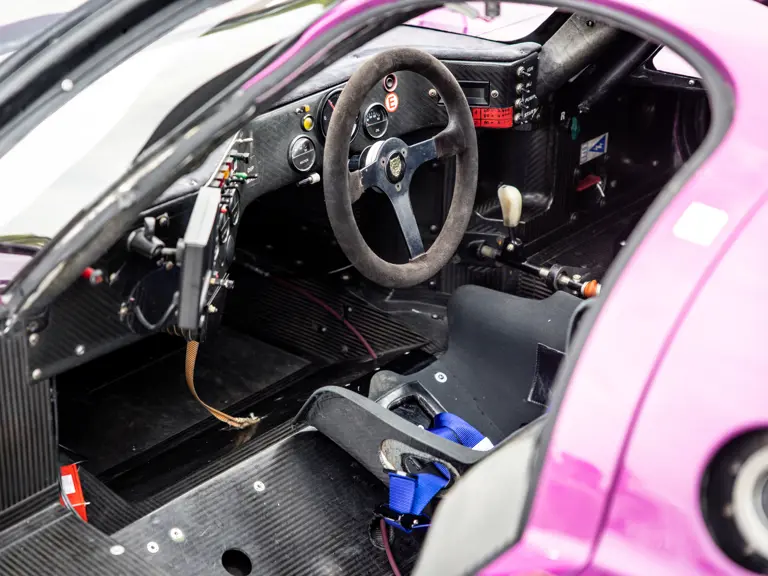
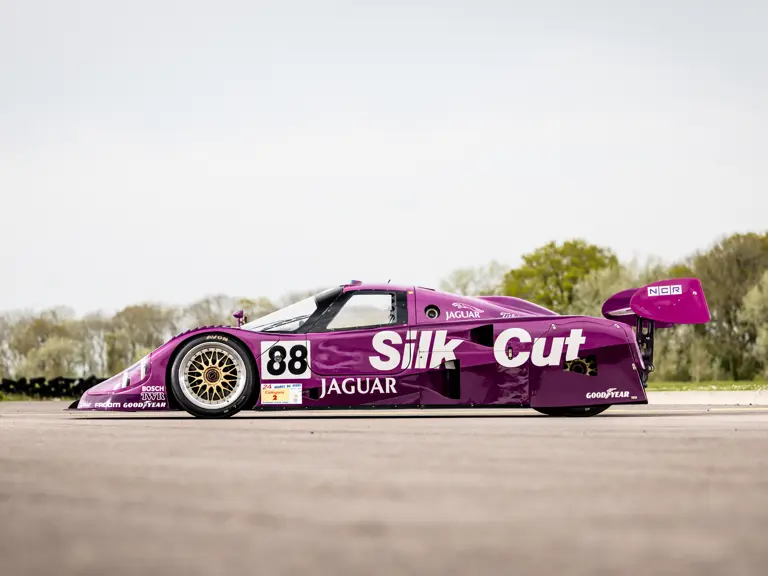
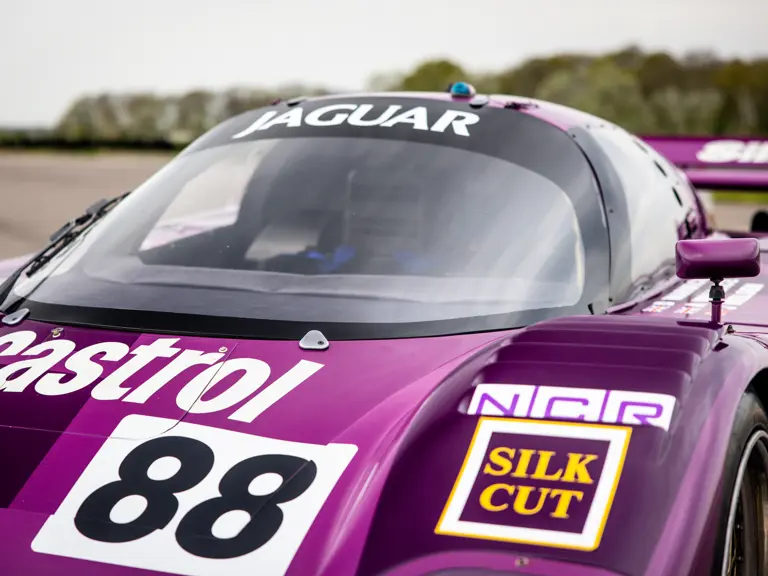
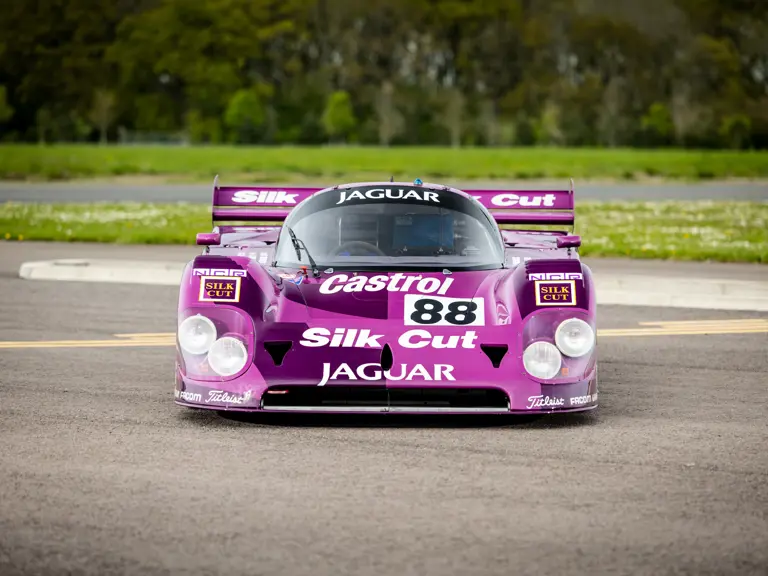
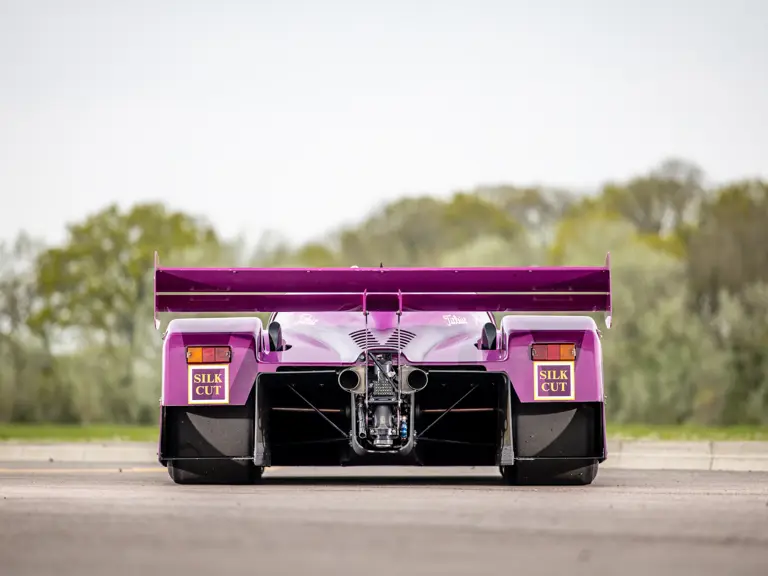
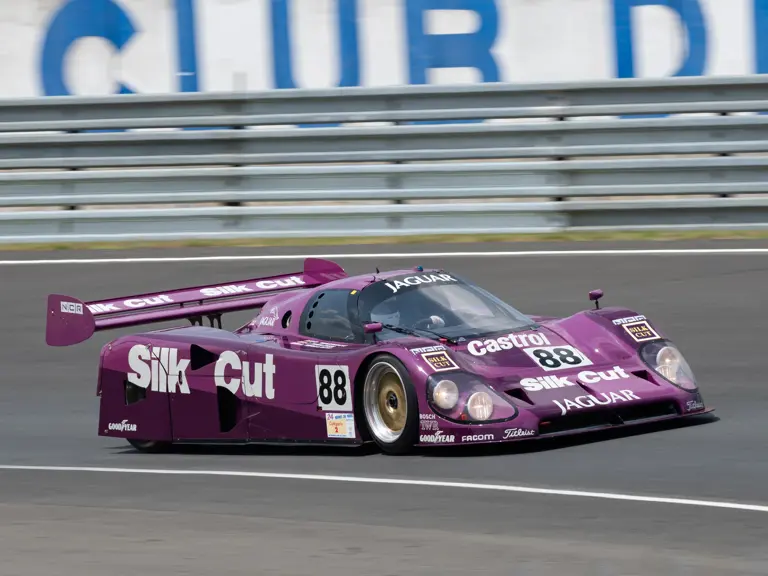
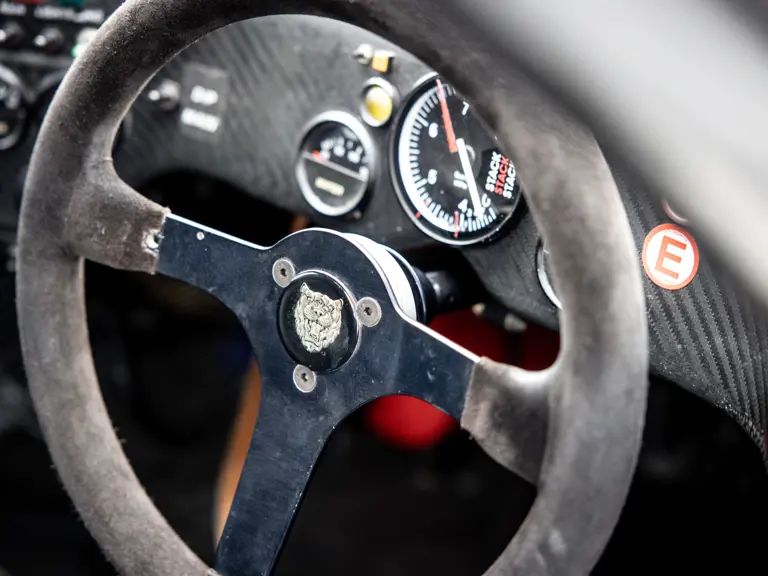
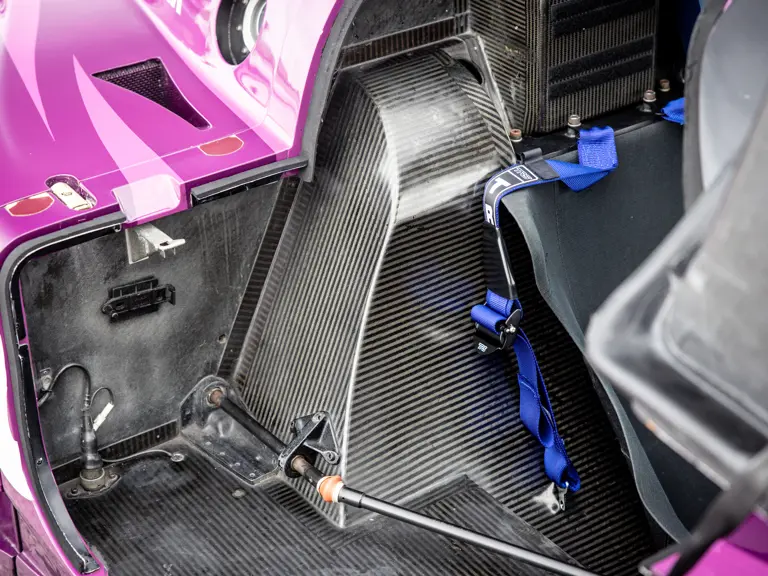
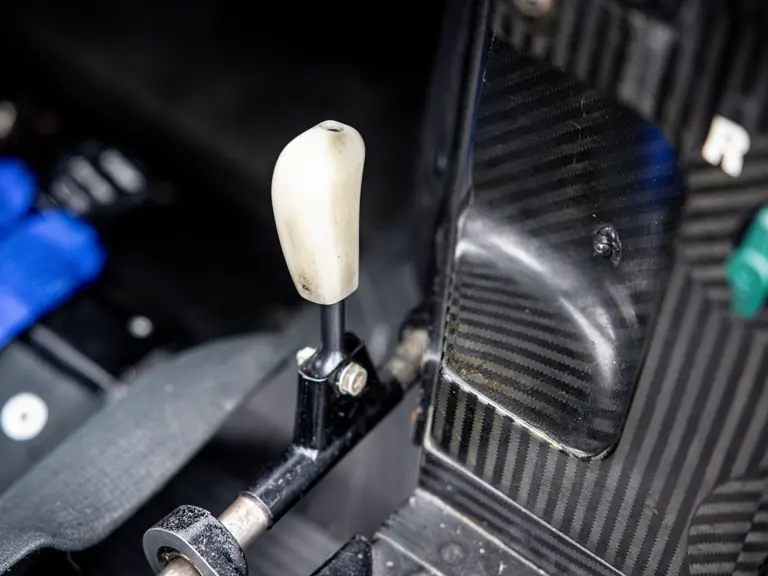
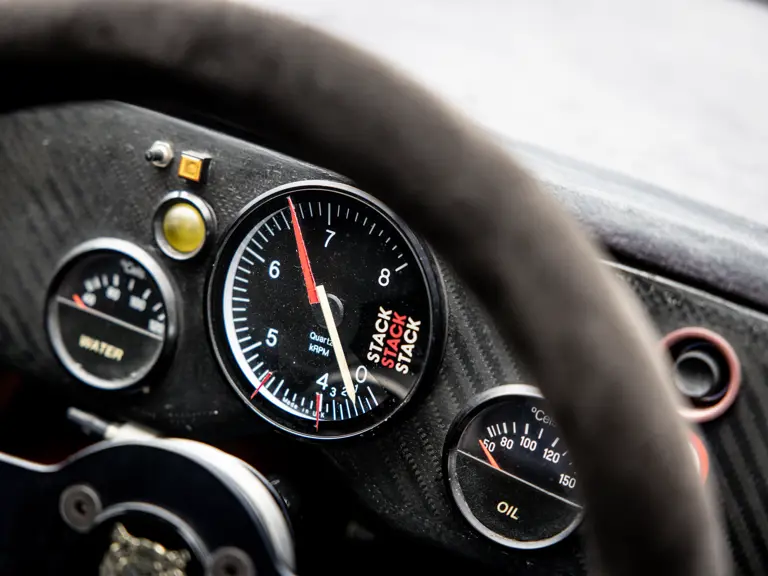
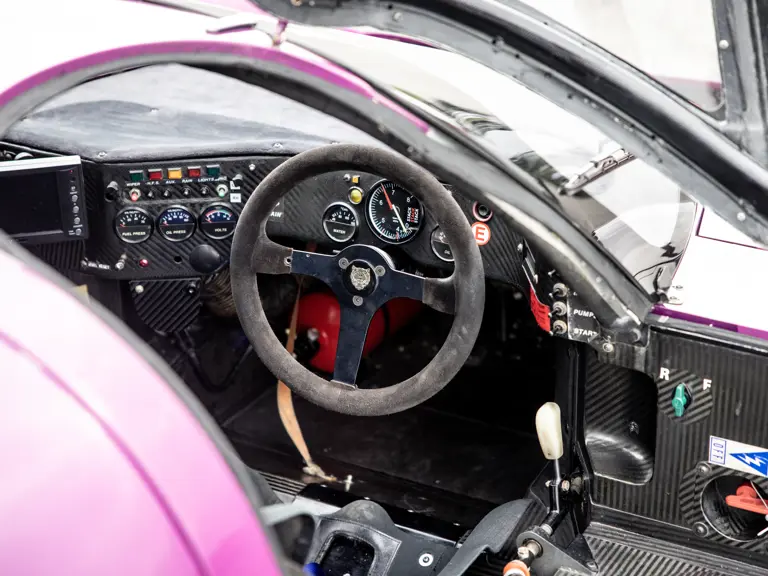
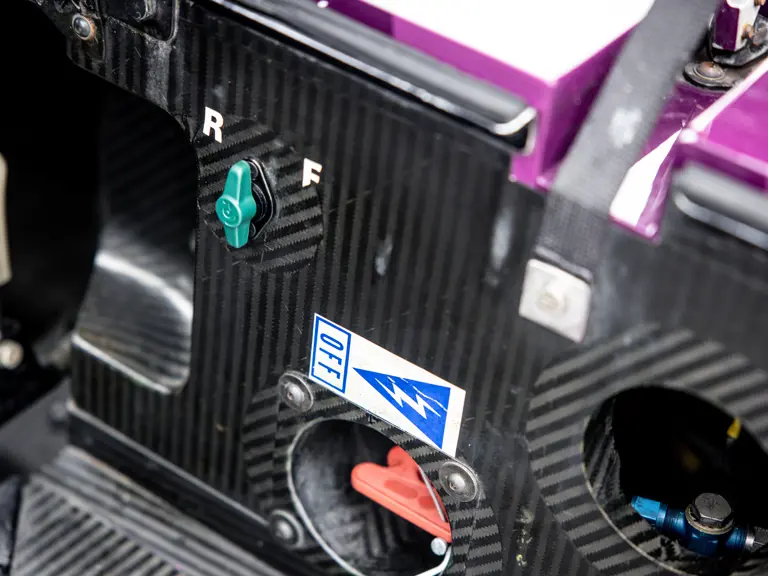
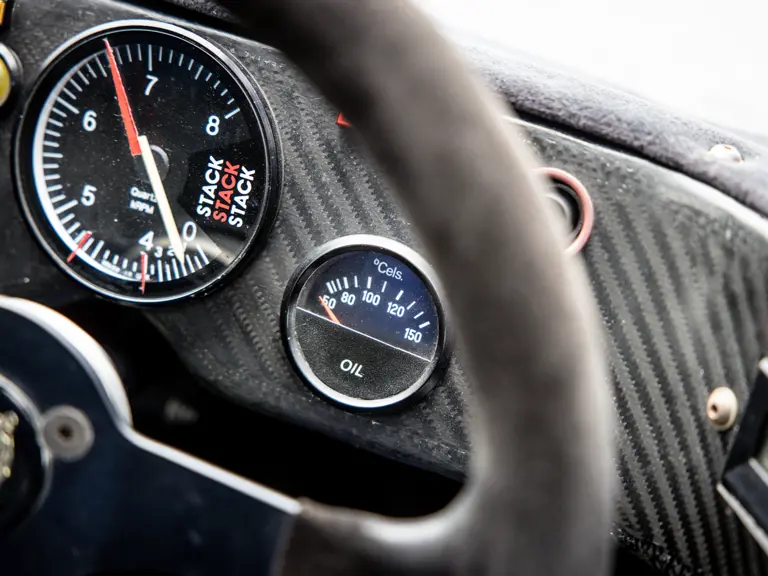
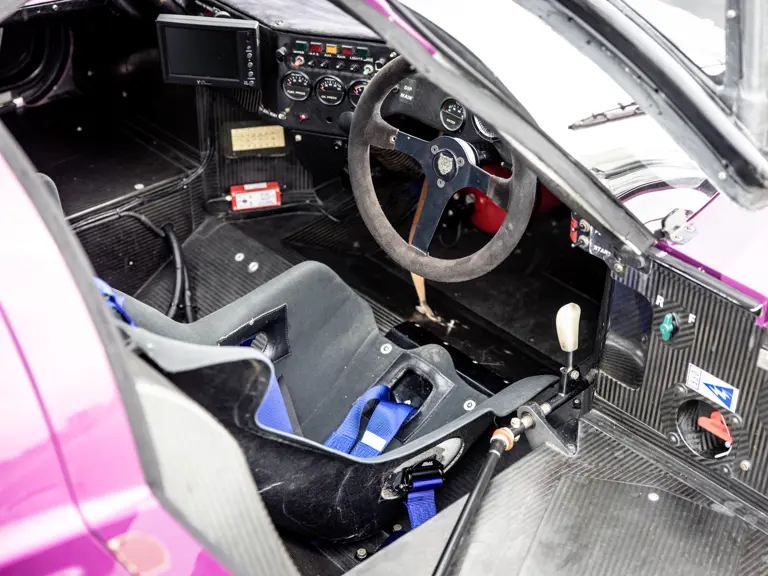
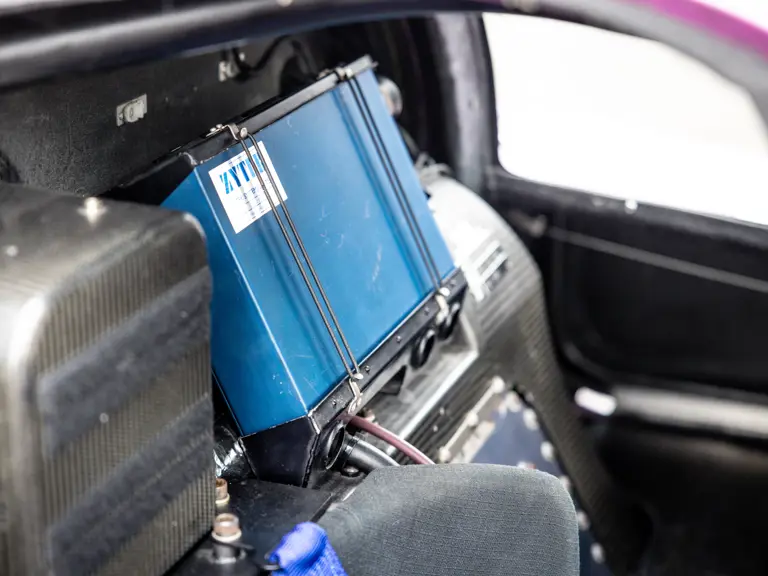
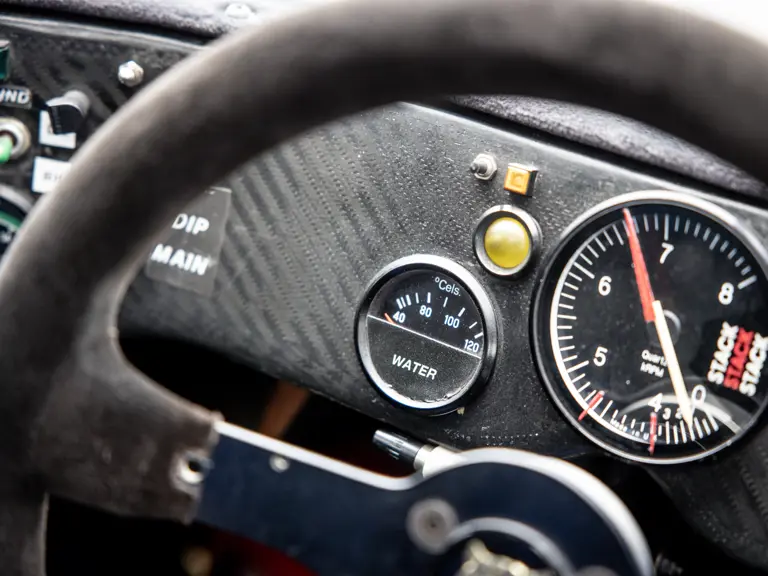
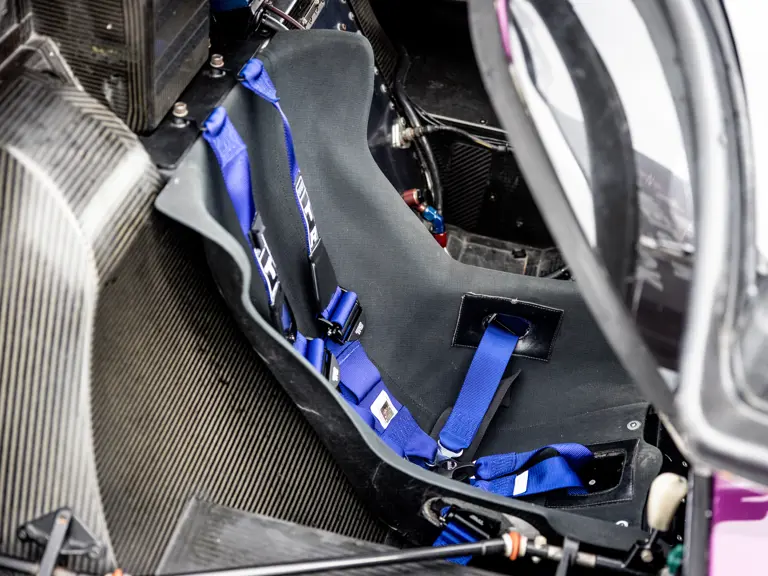
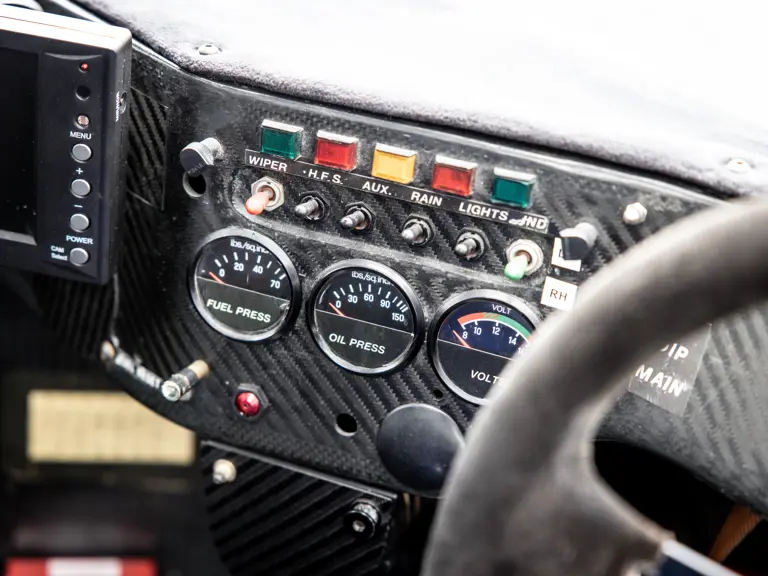
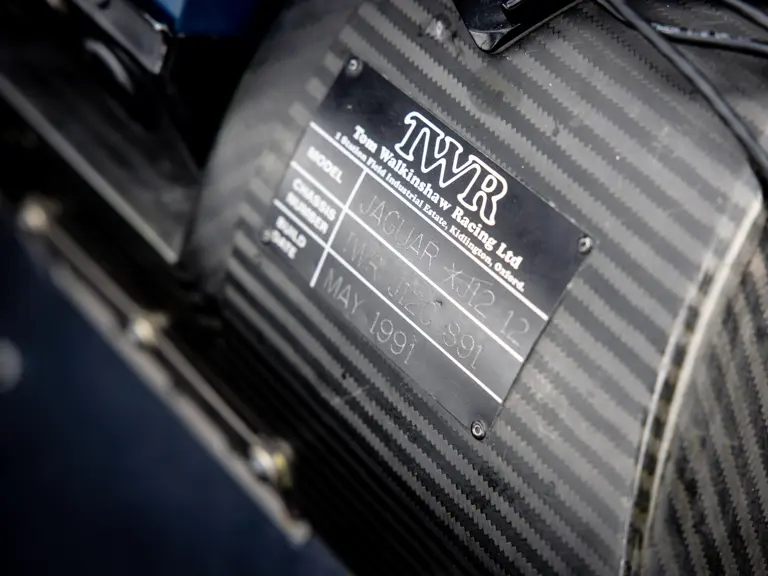
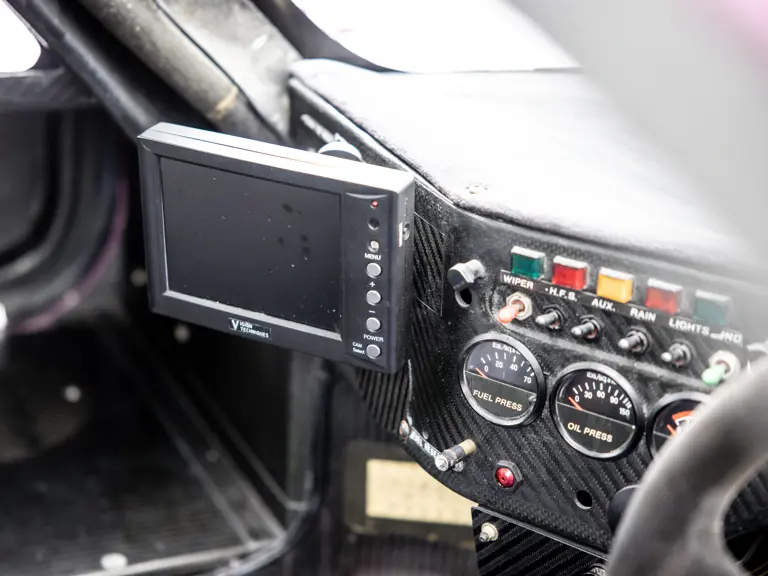
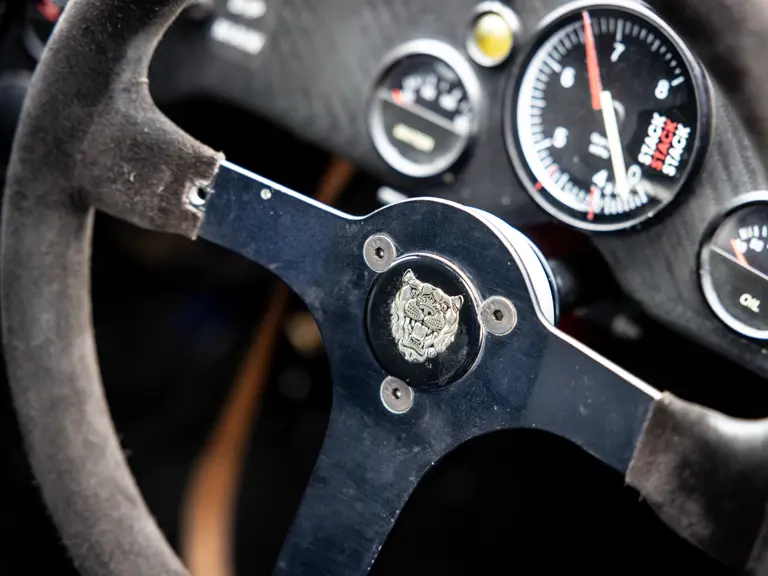
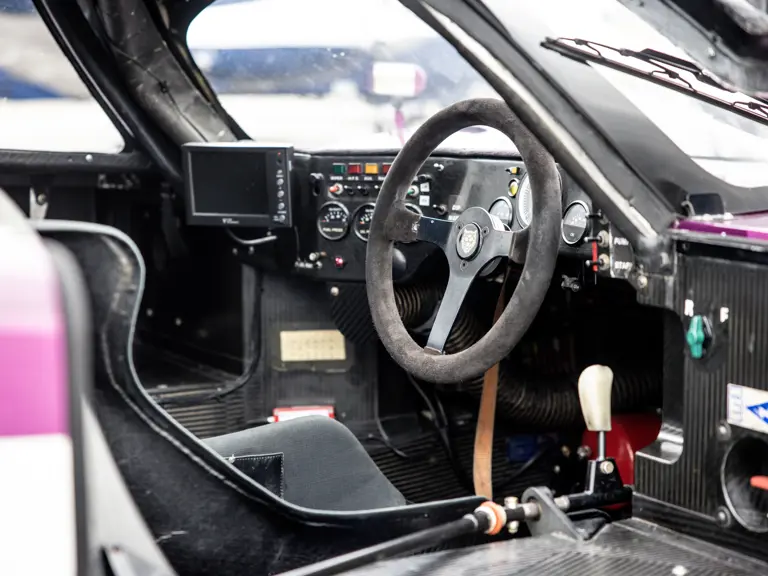
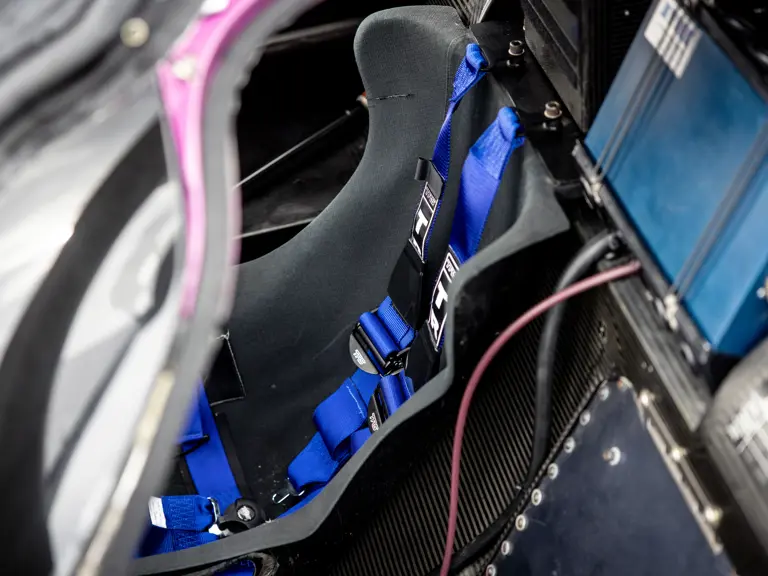
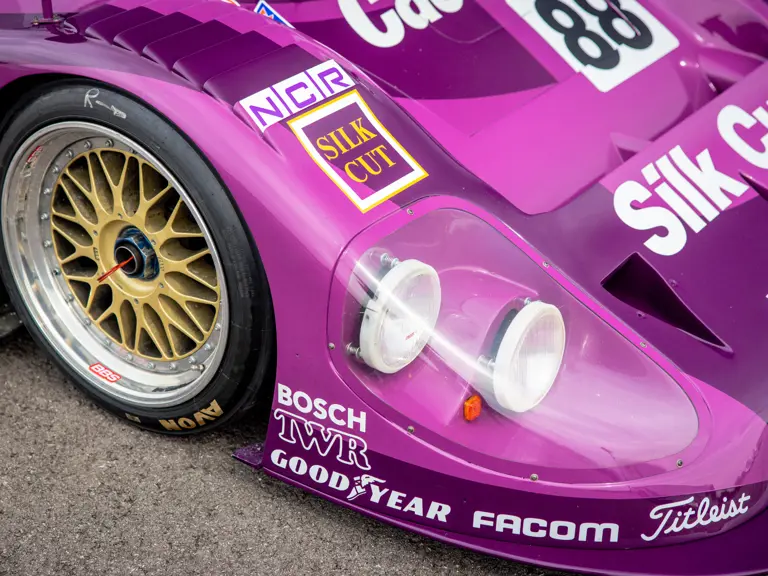

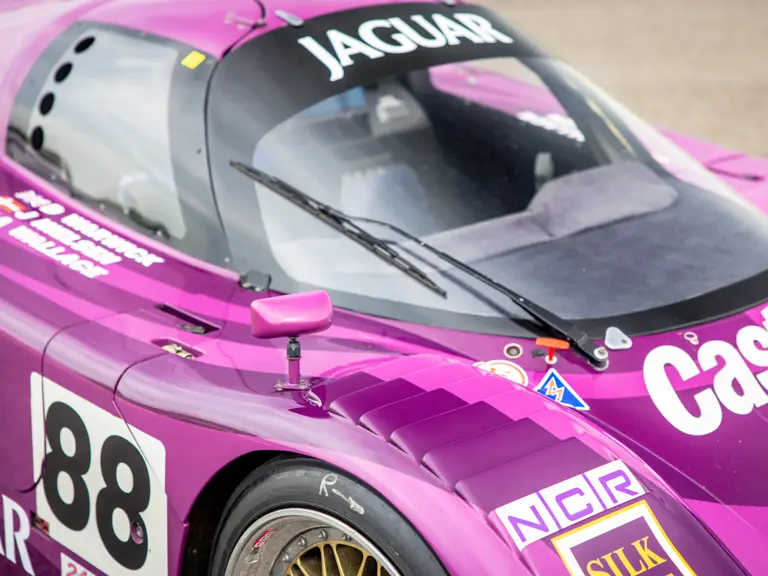
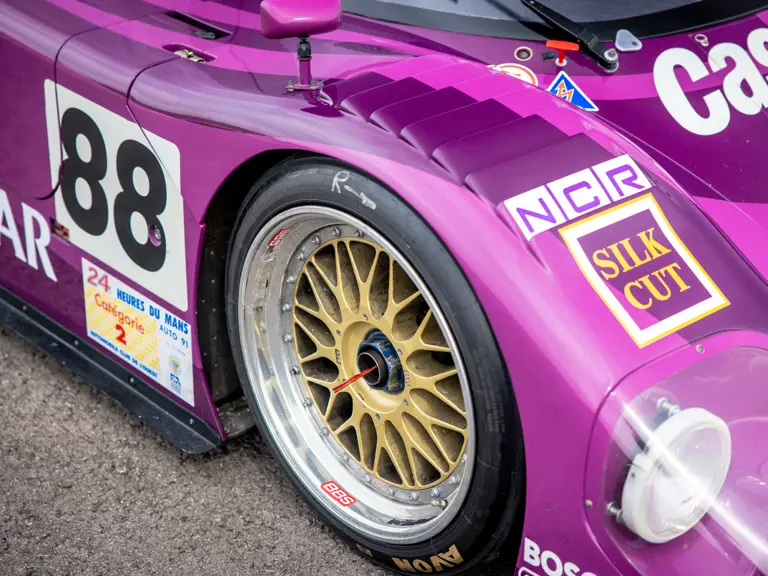
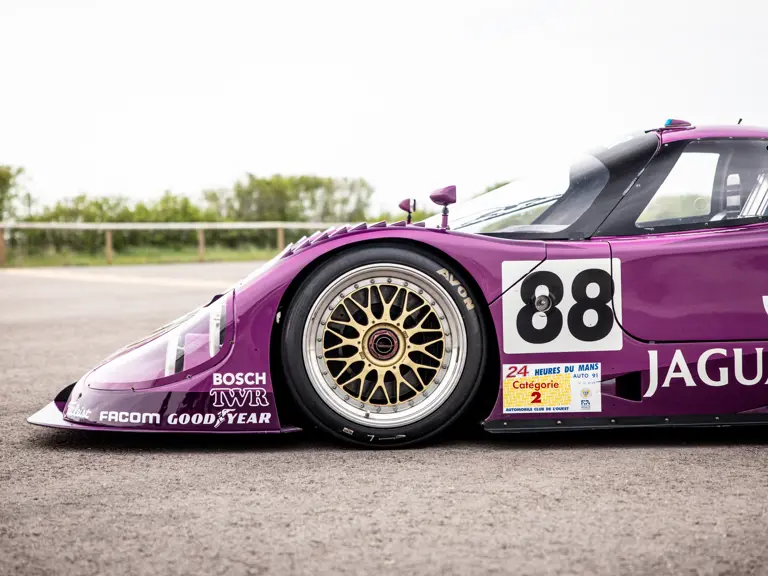
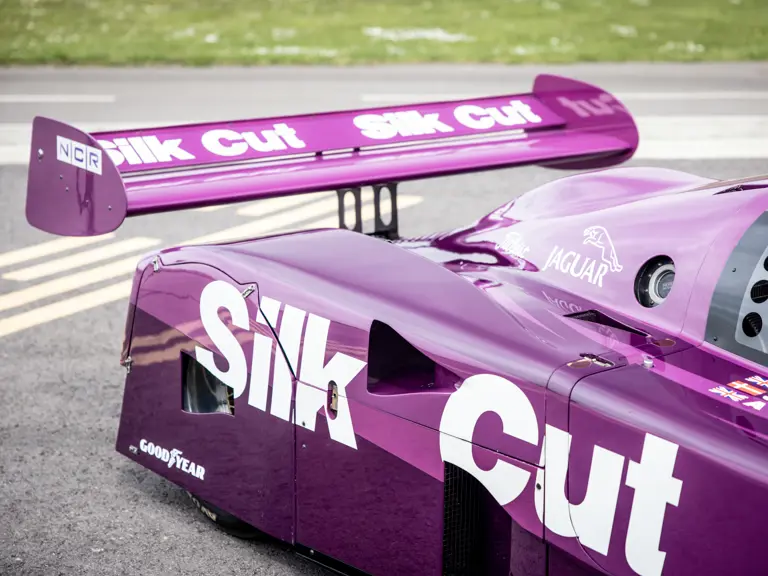

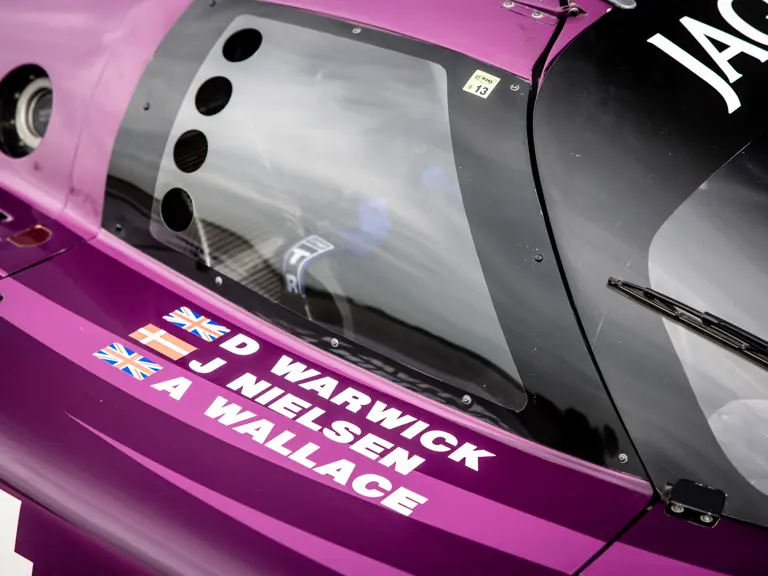
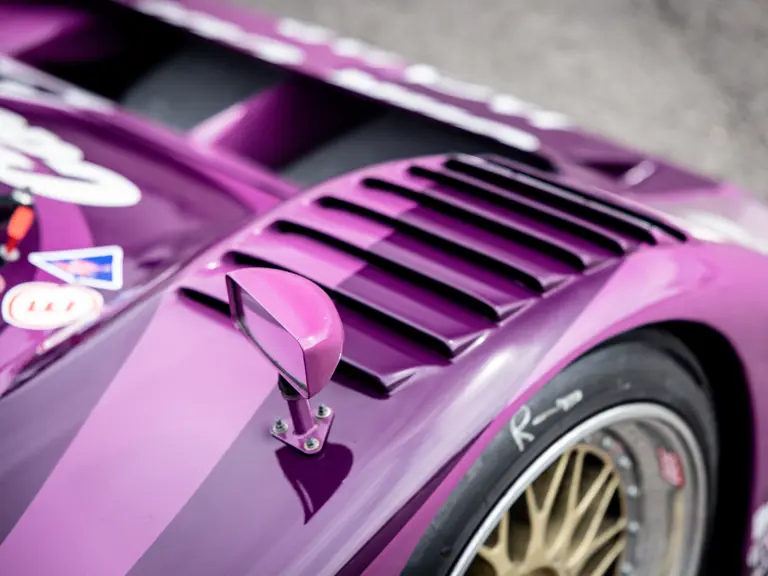
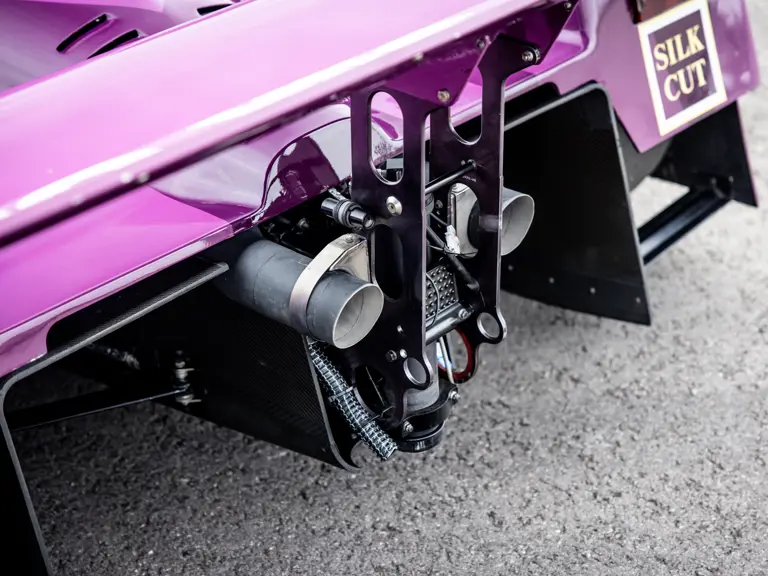
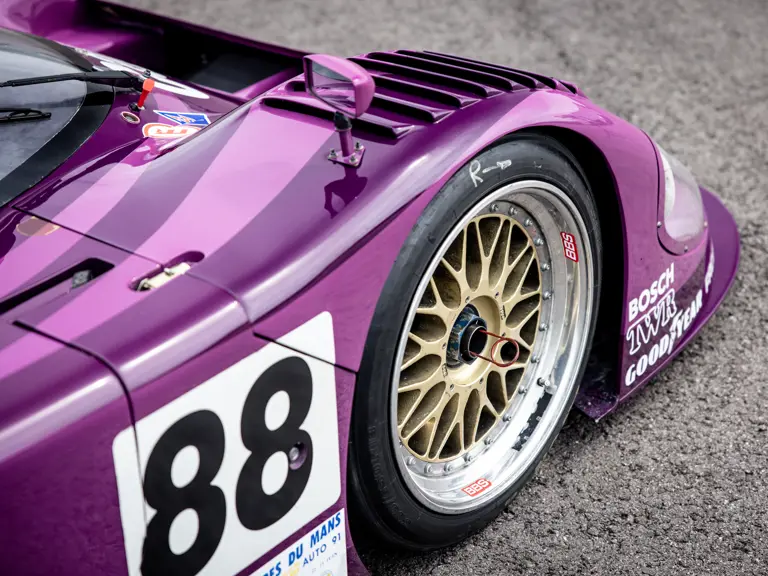
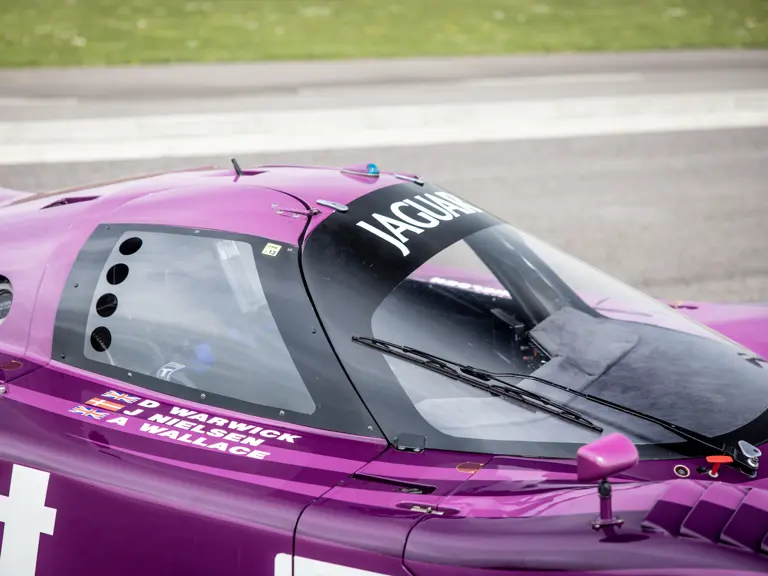
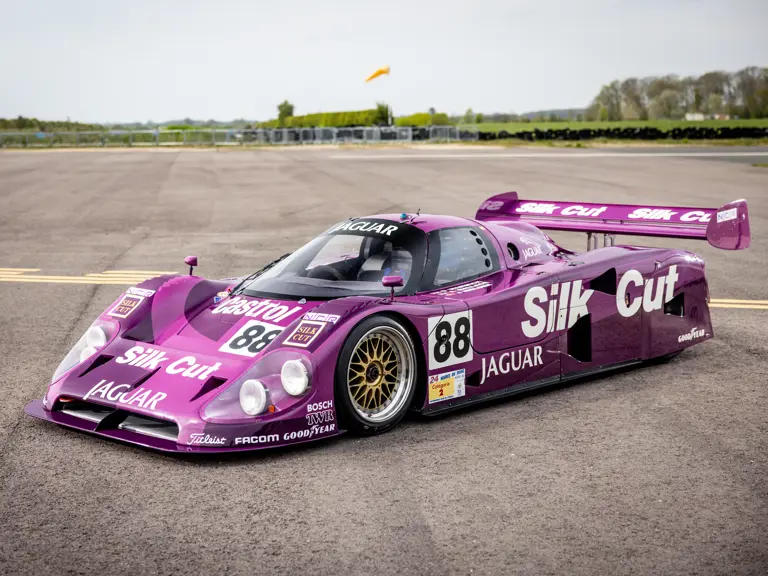
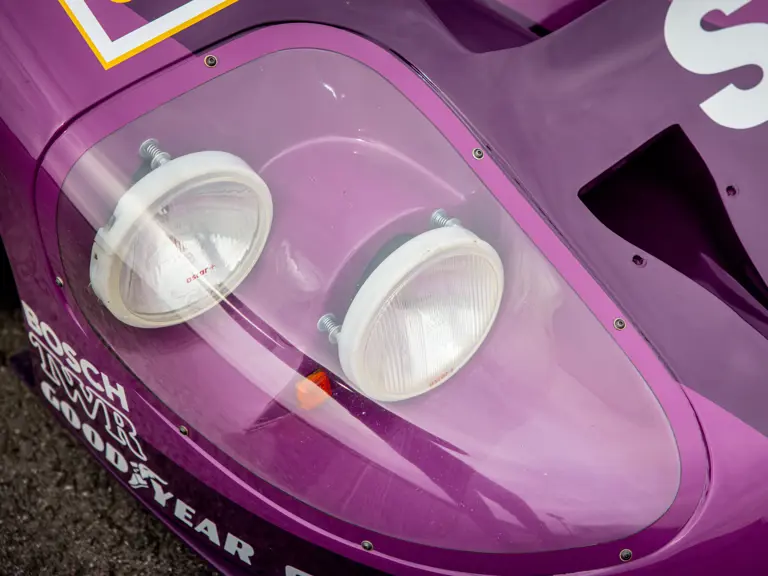
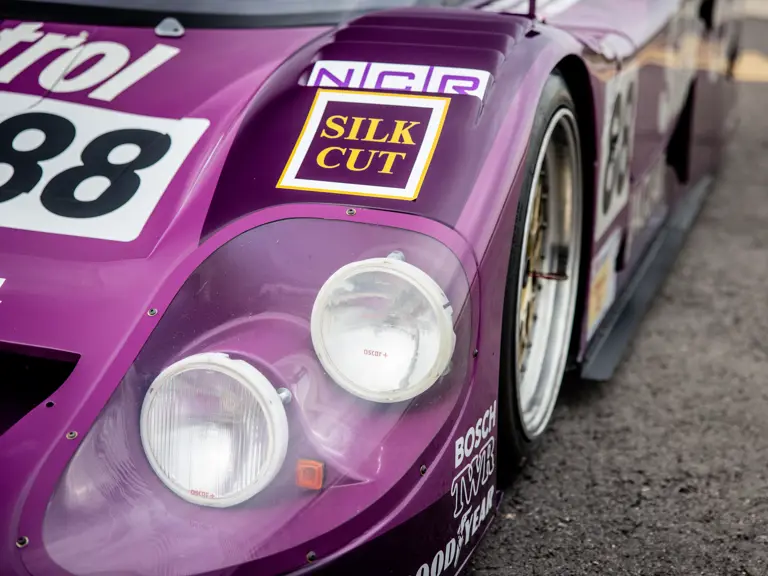
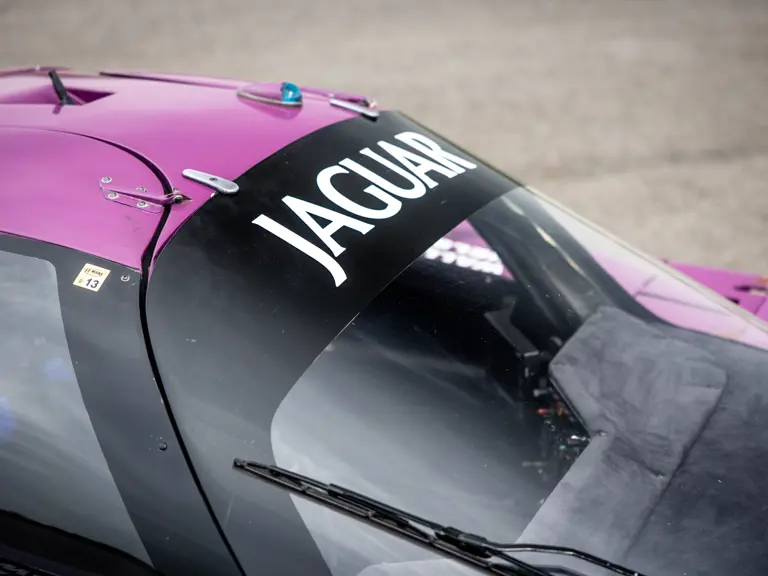
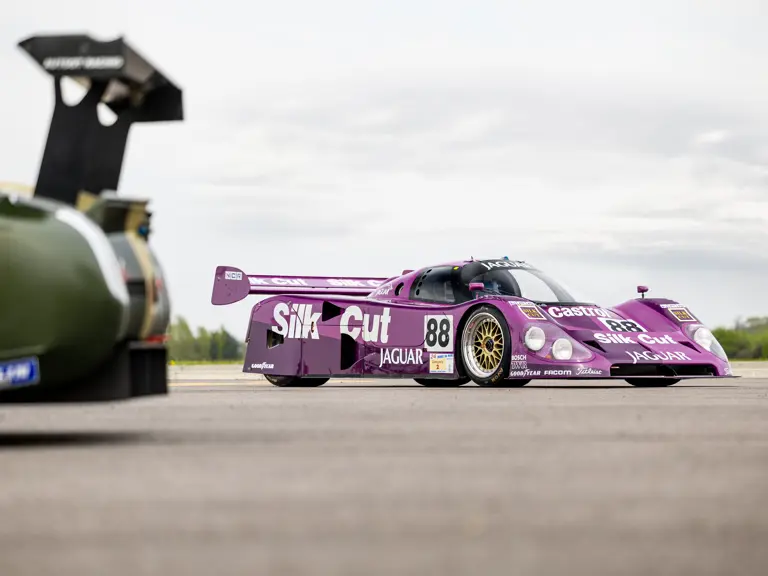

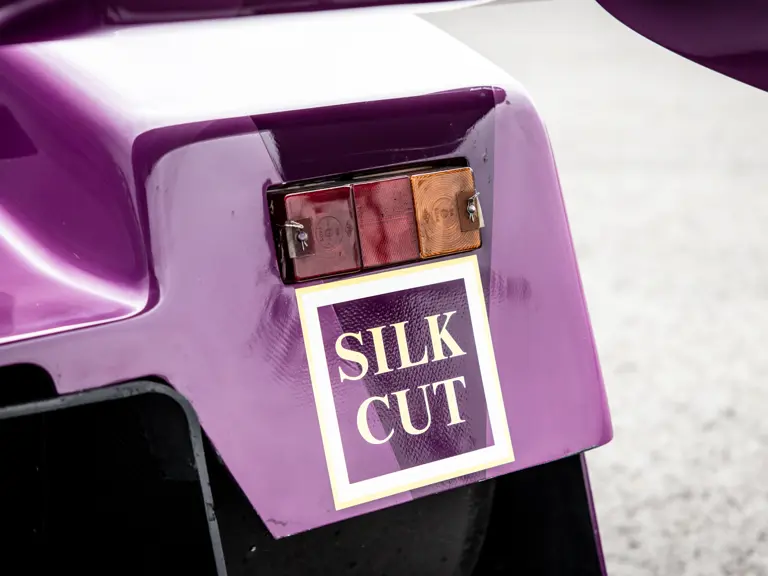
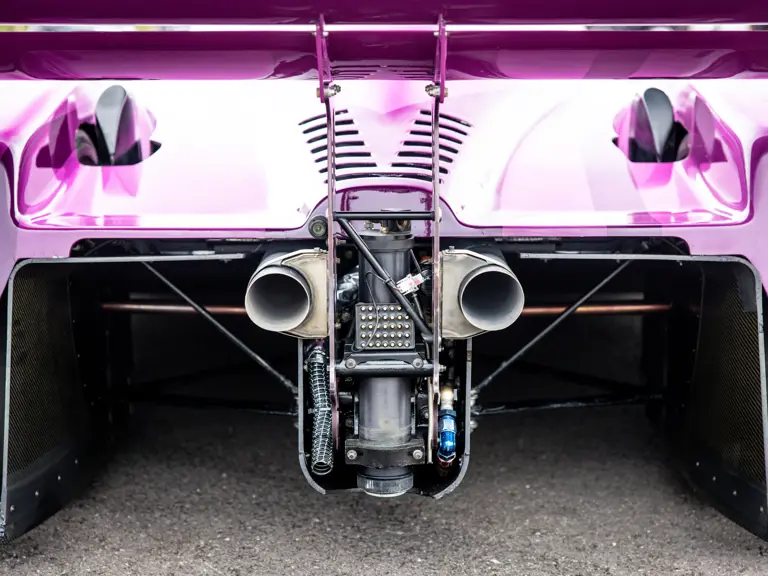
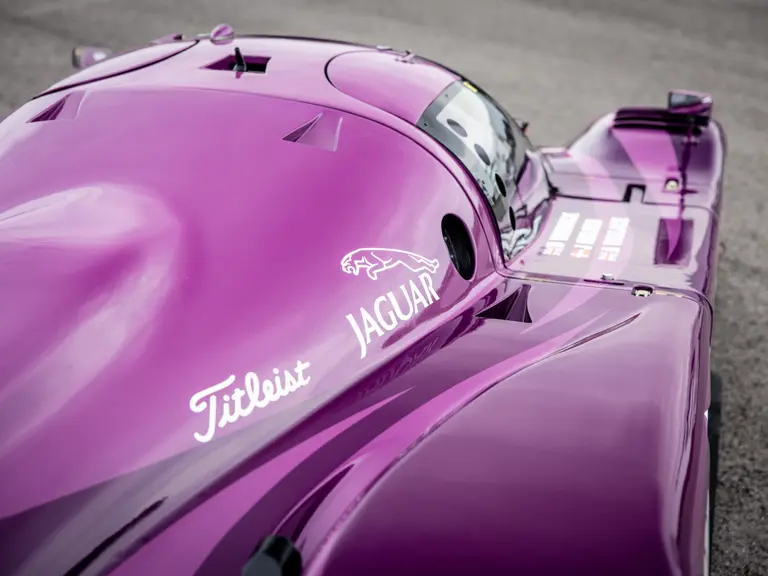
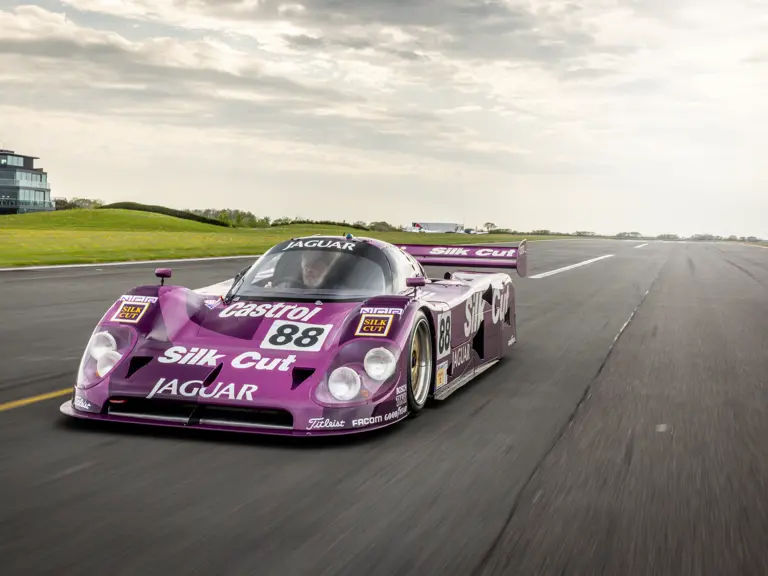
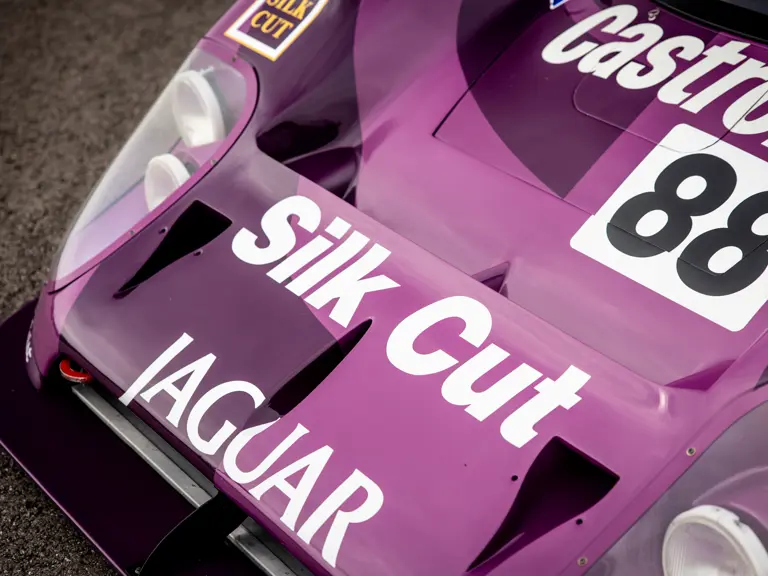

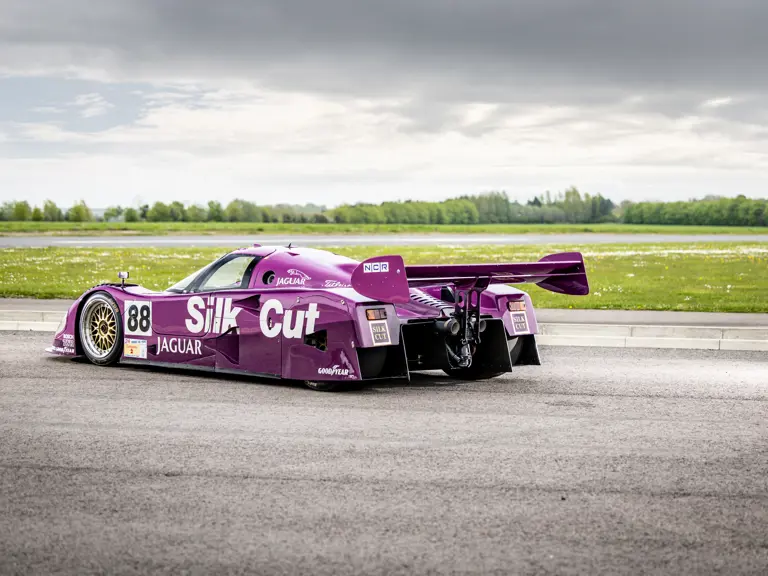
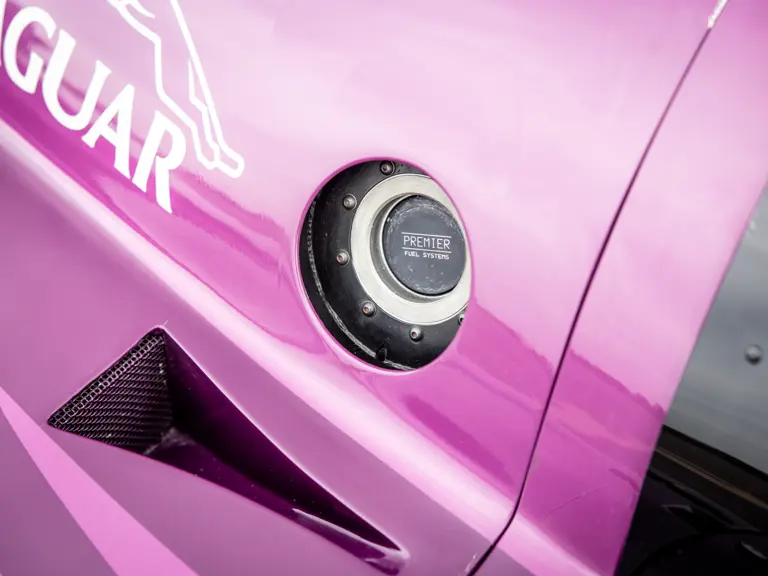
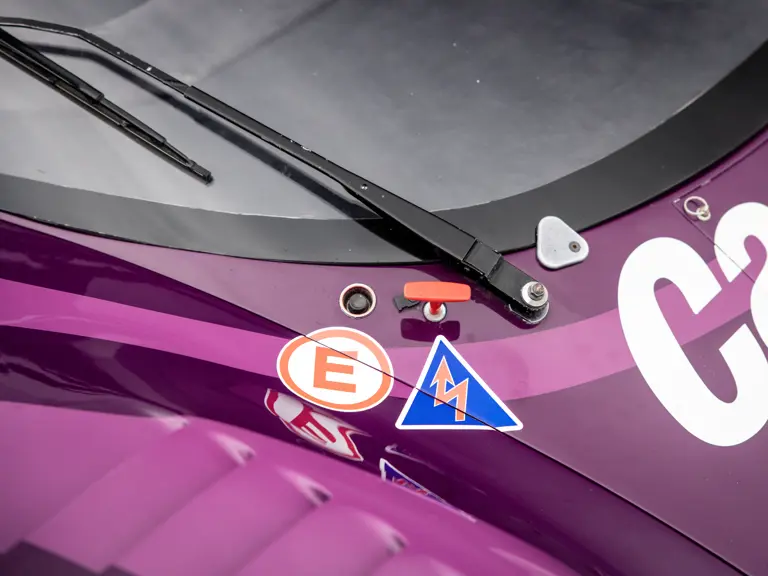
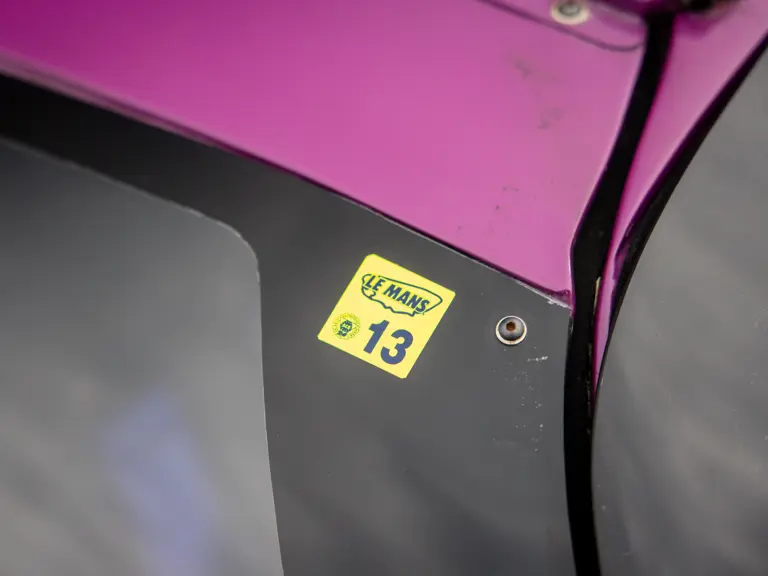
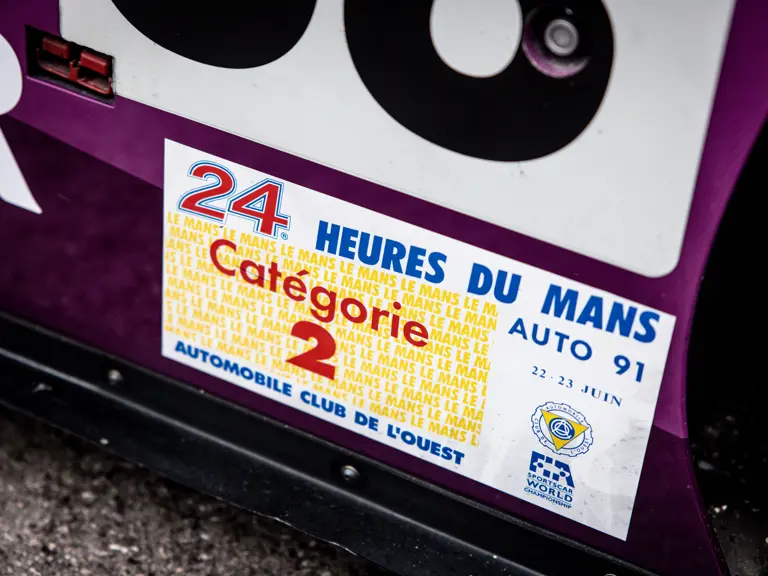
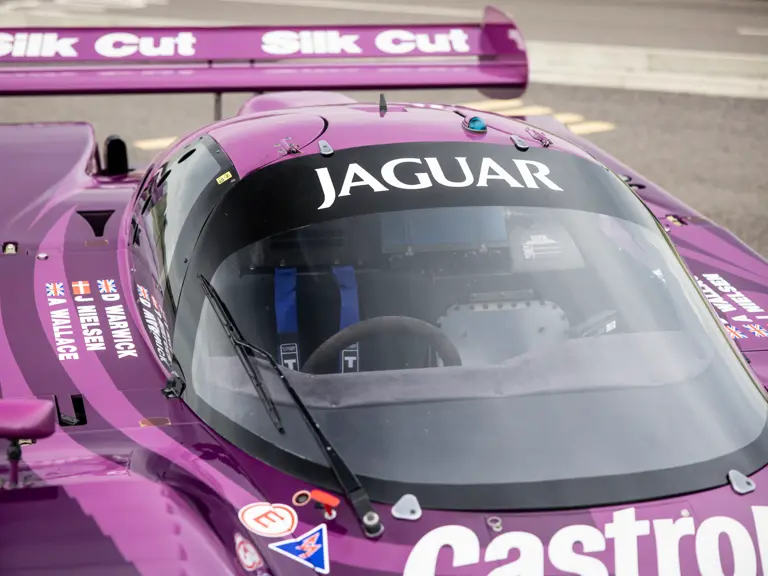


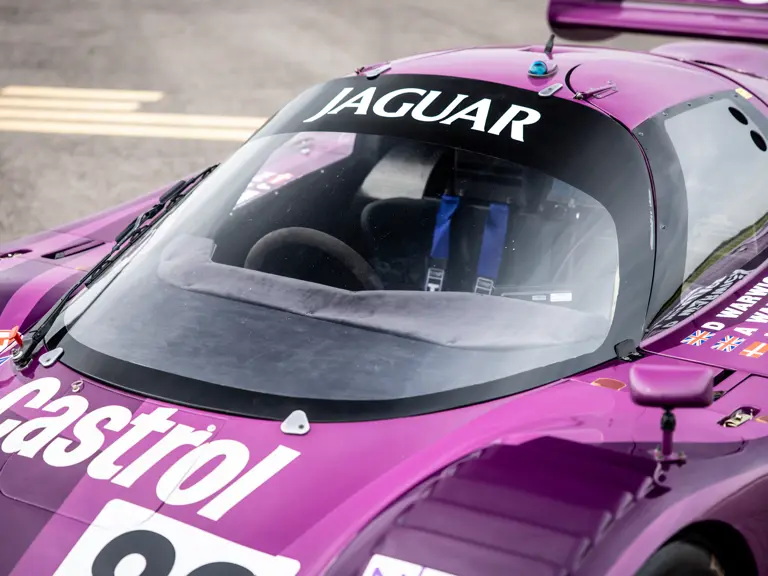
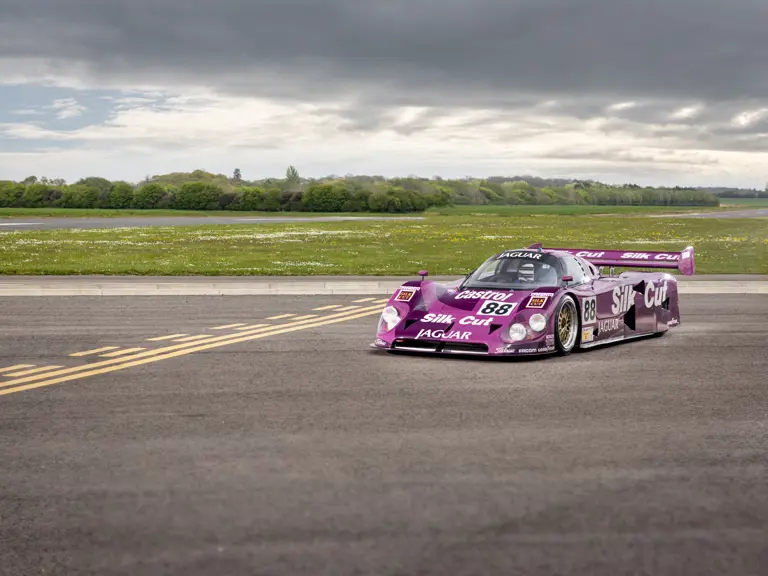
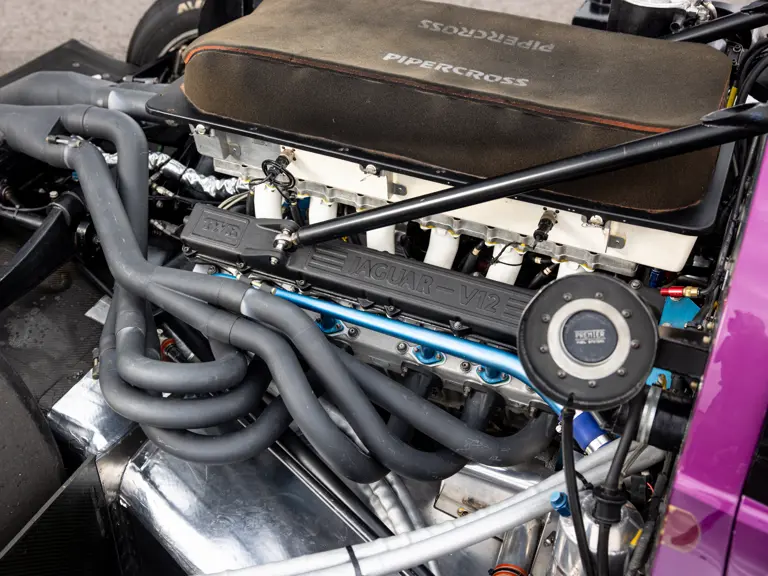

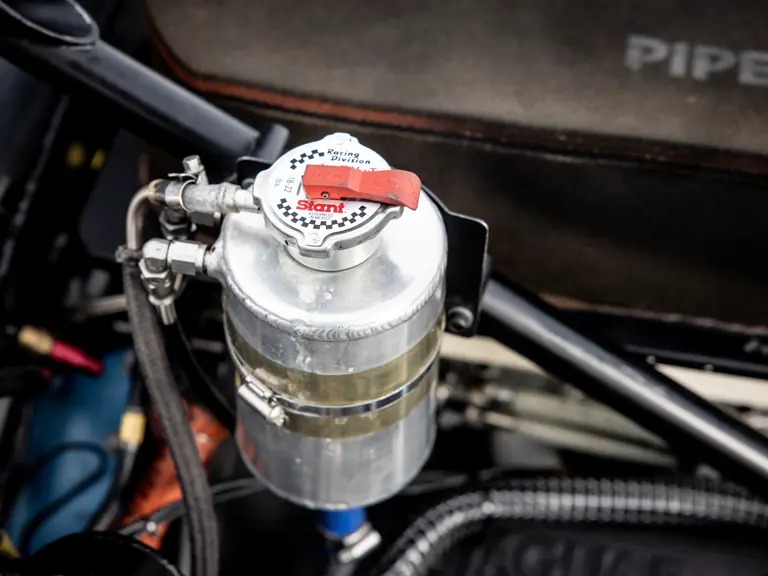
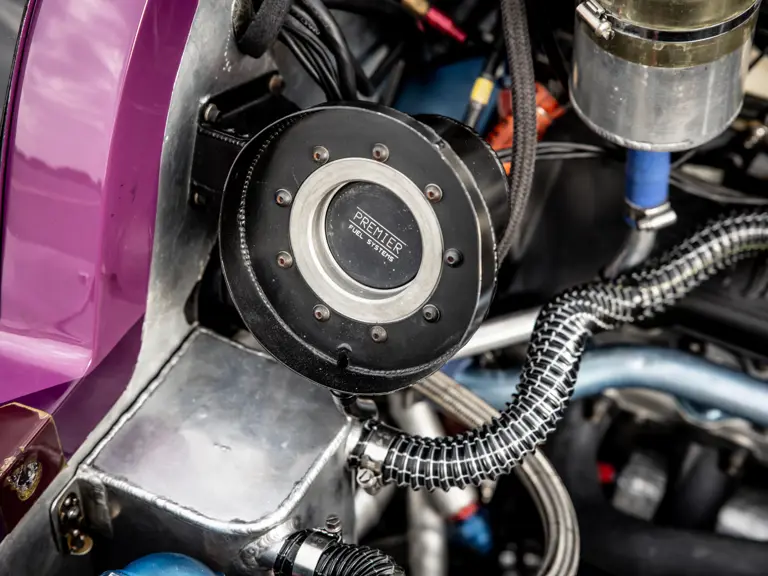
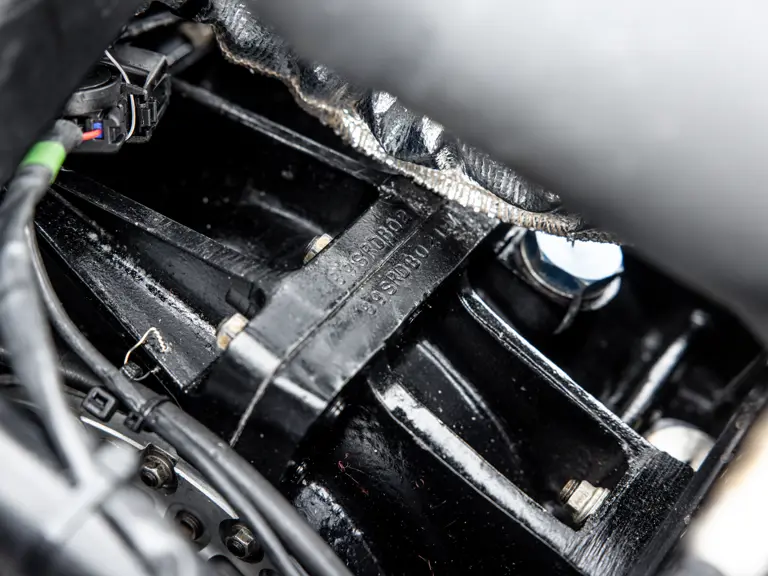

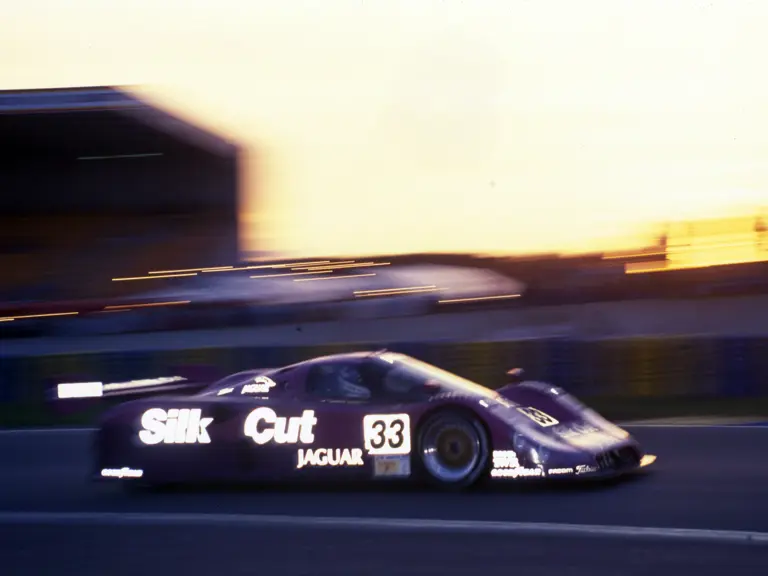
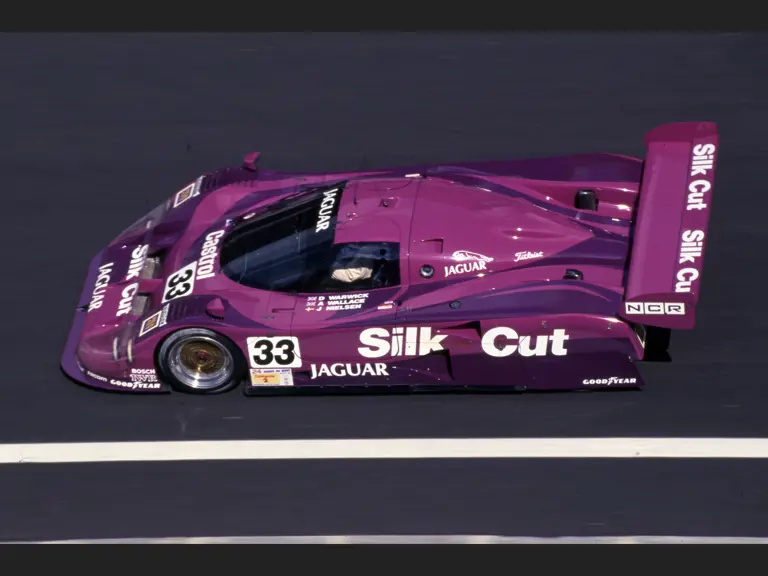
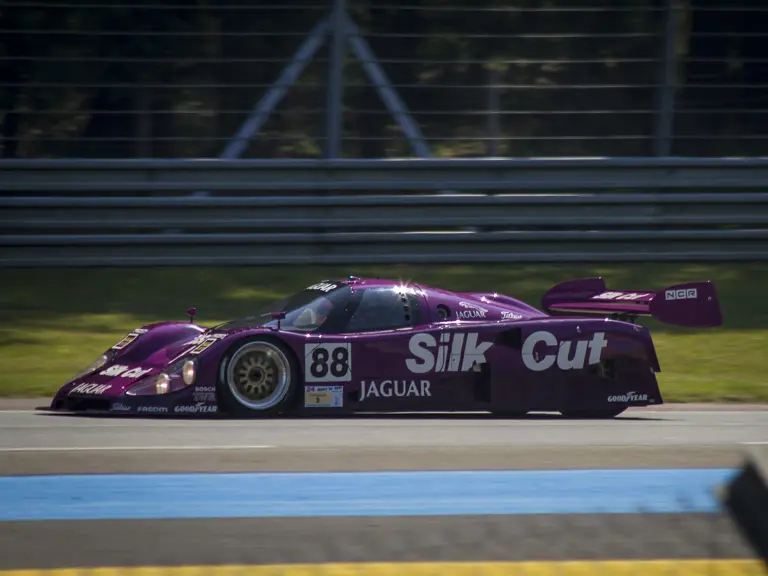
 | Le Mans, France
| Le Mans, France
